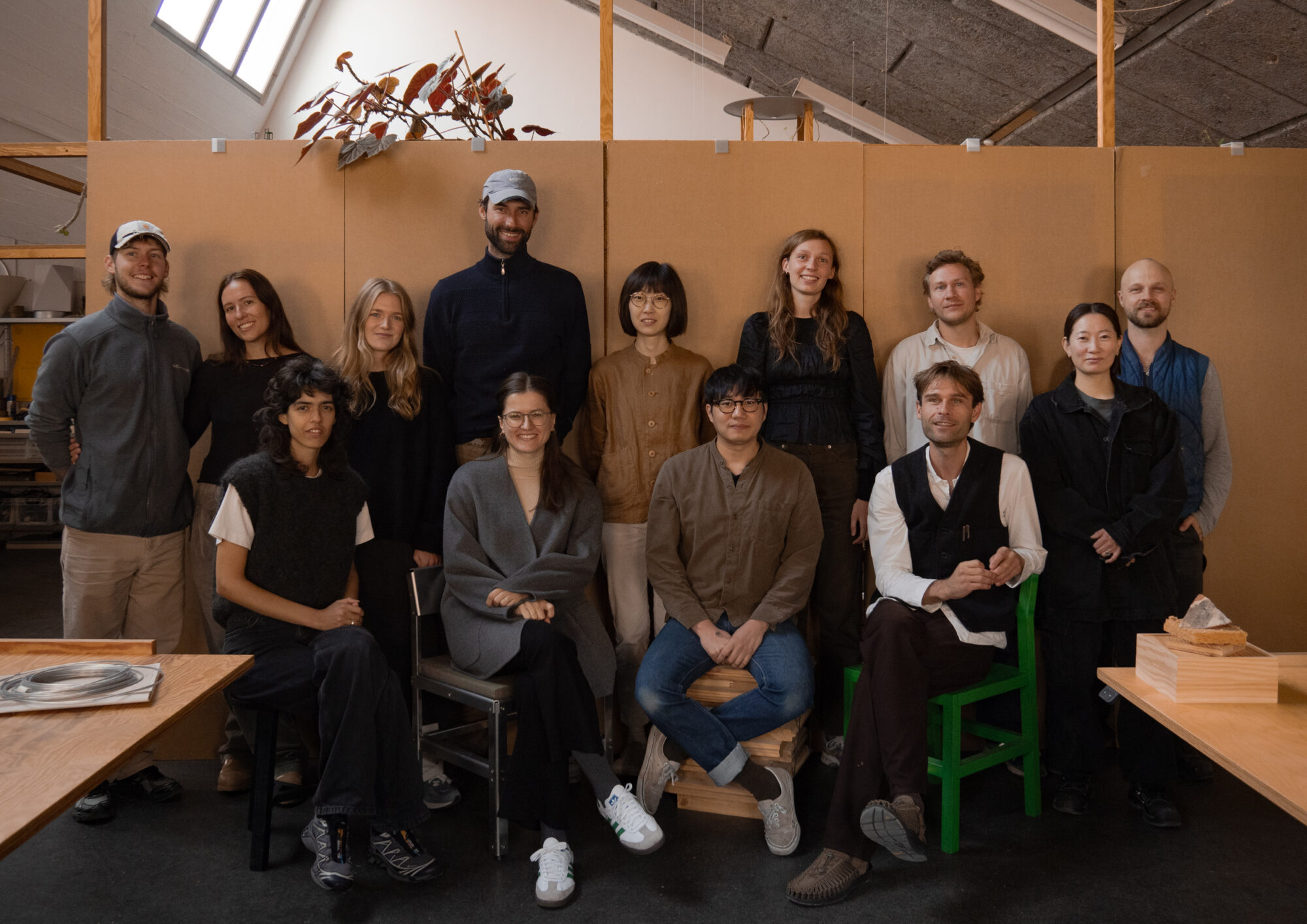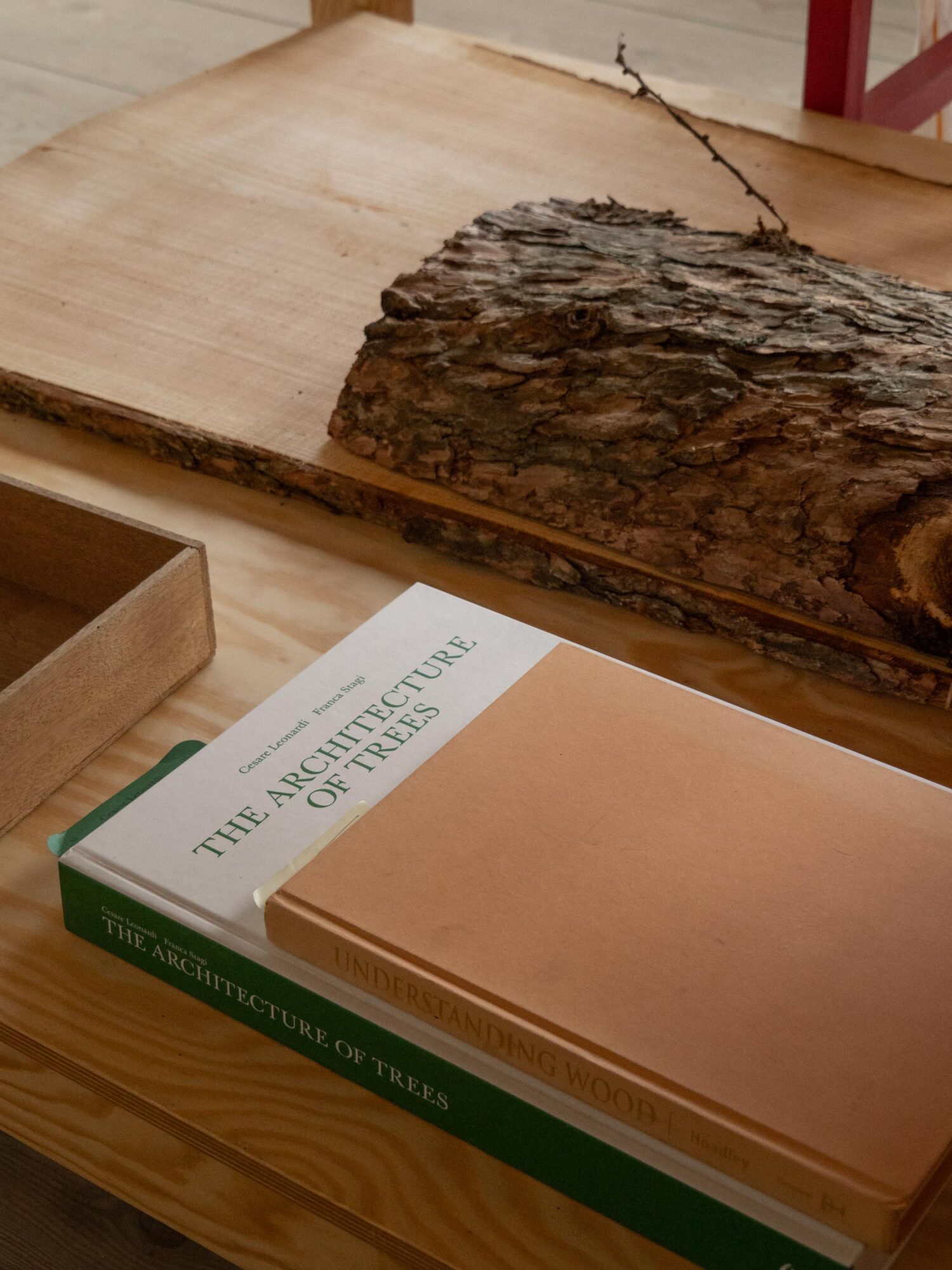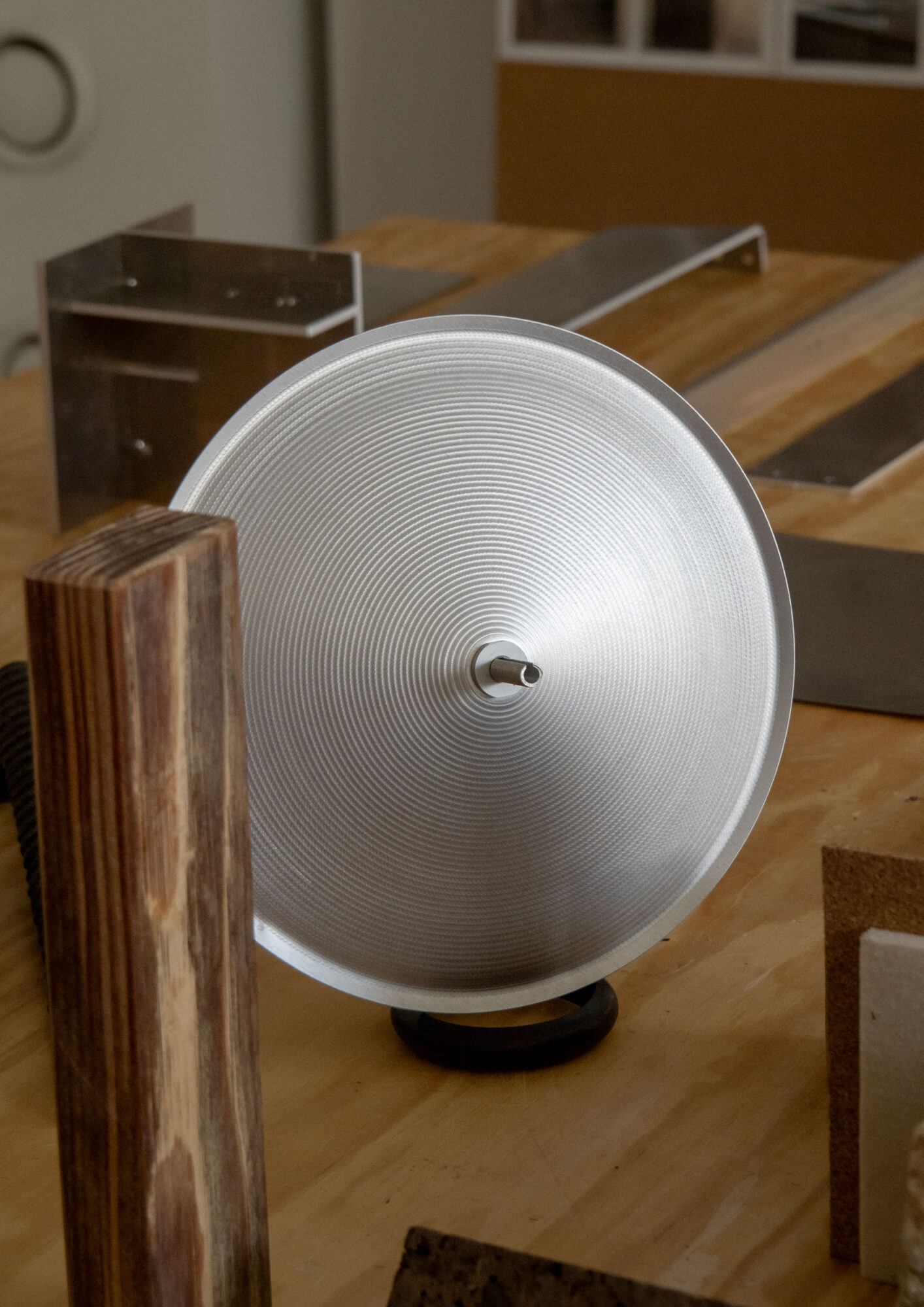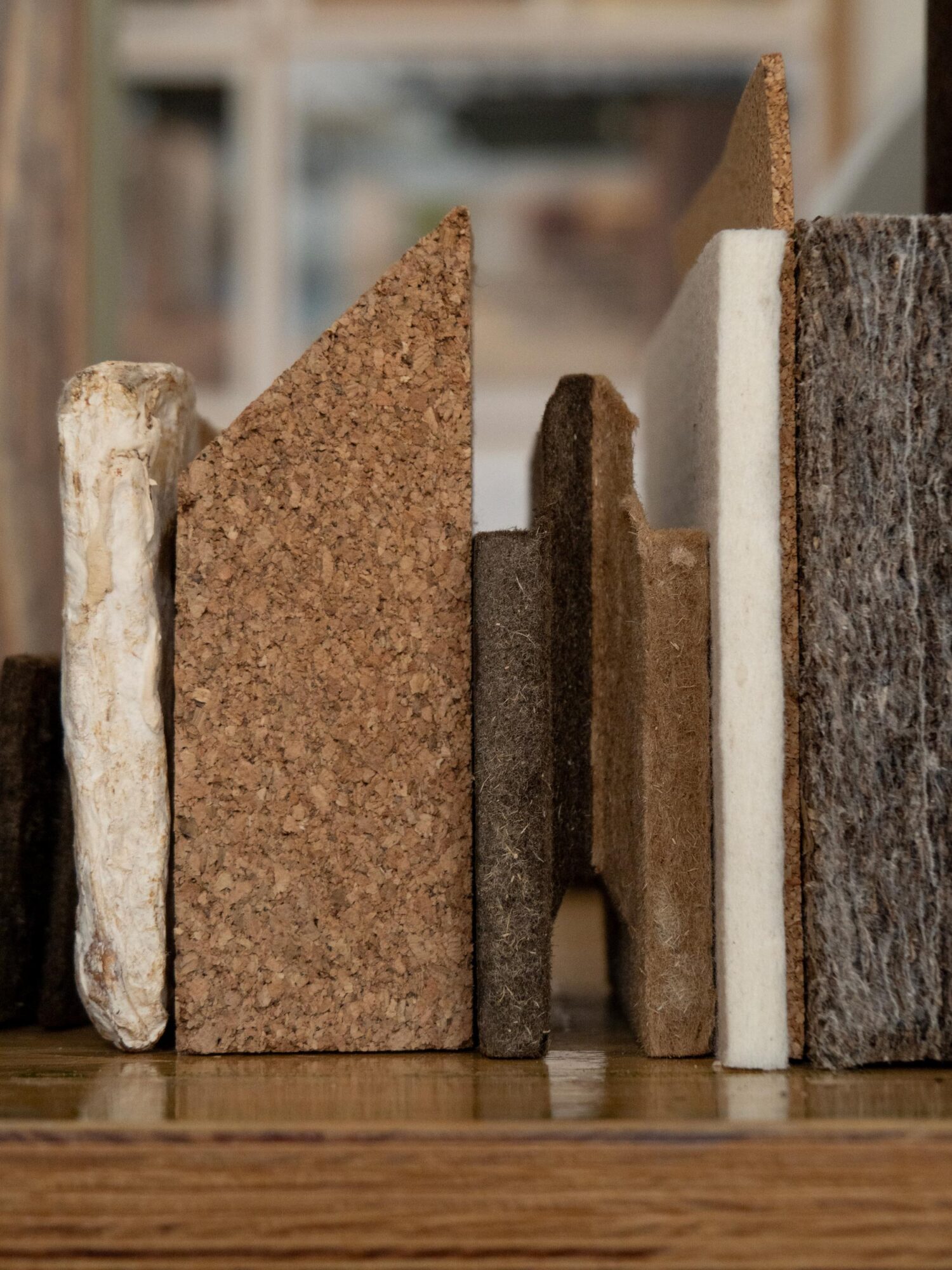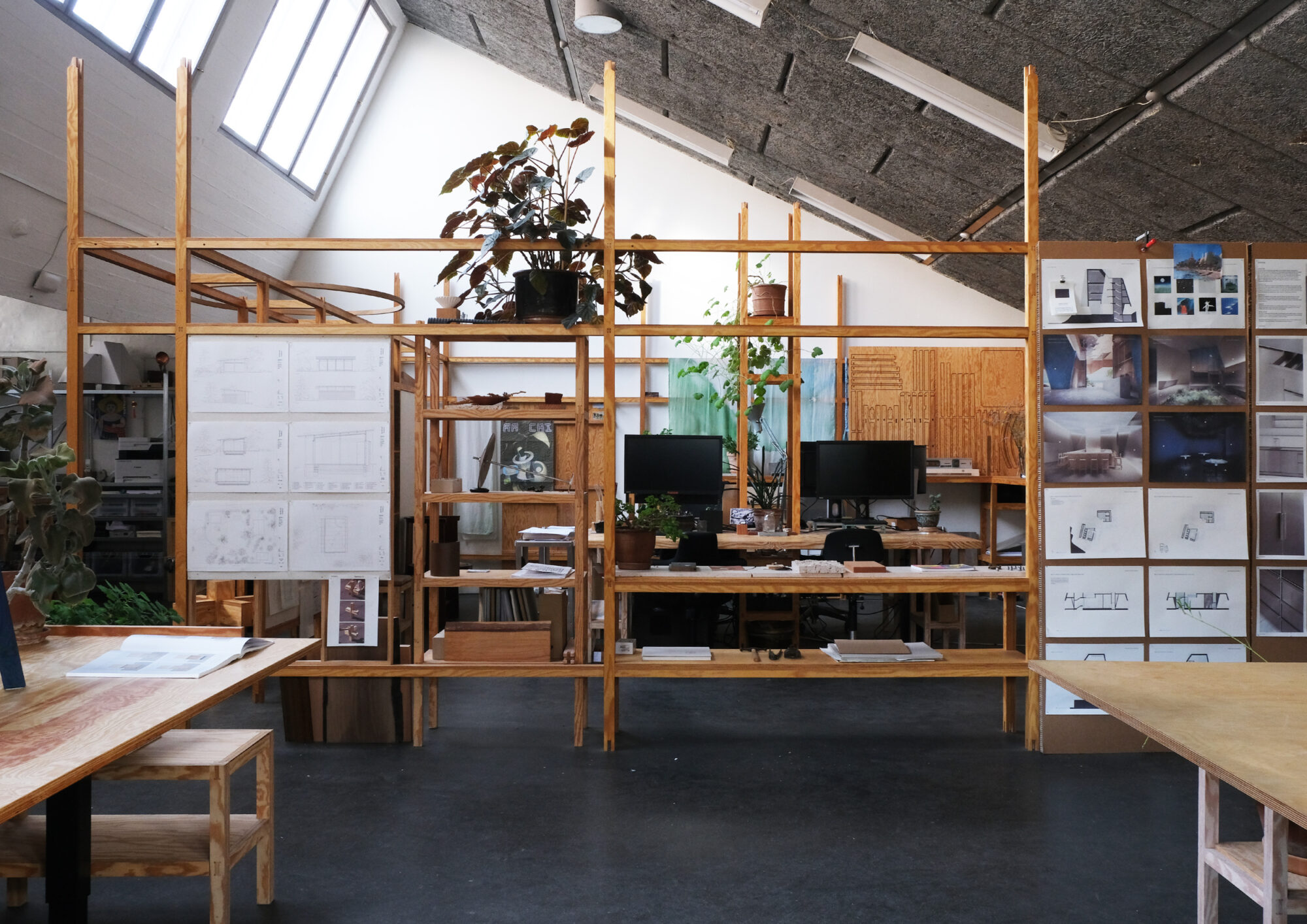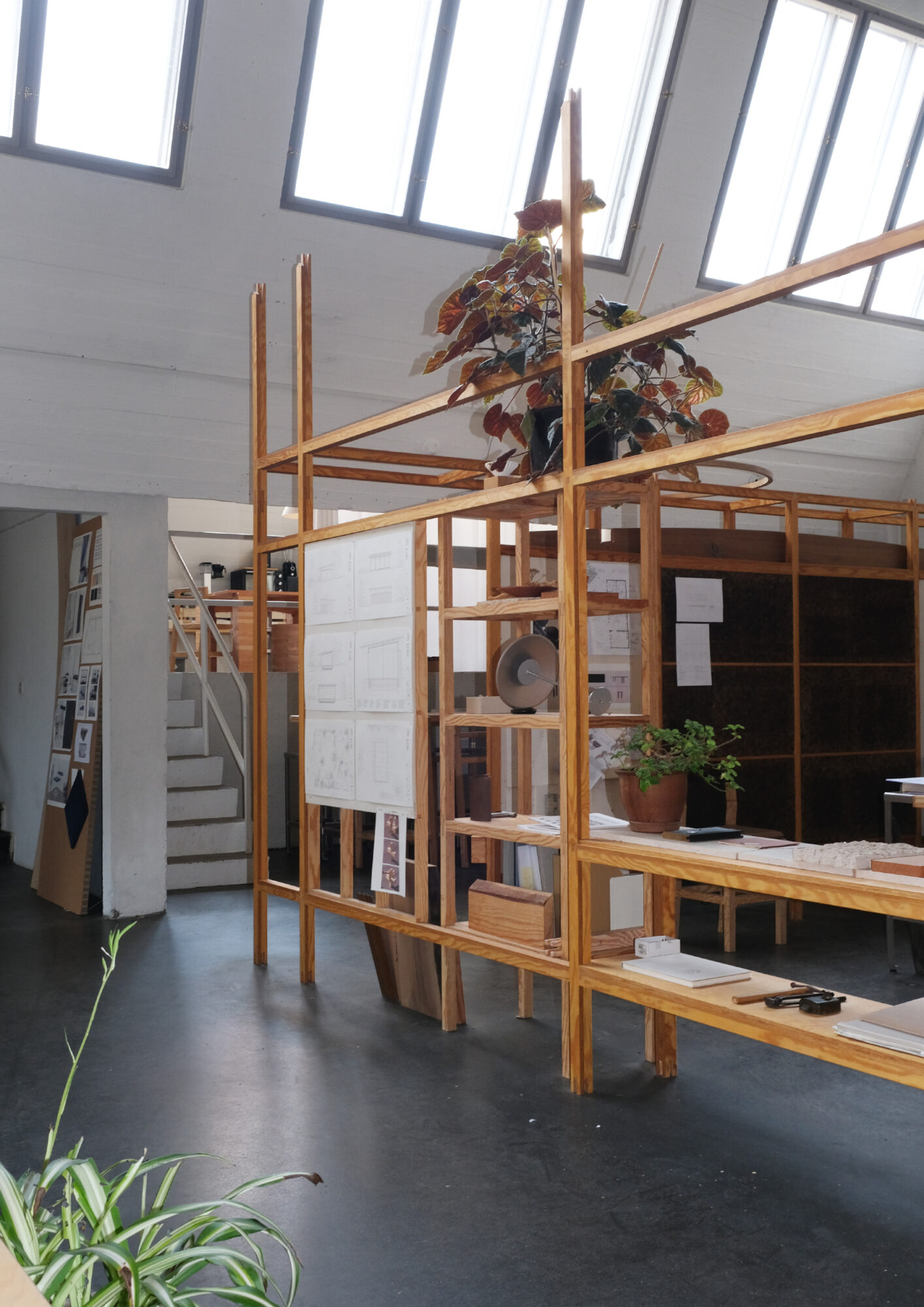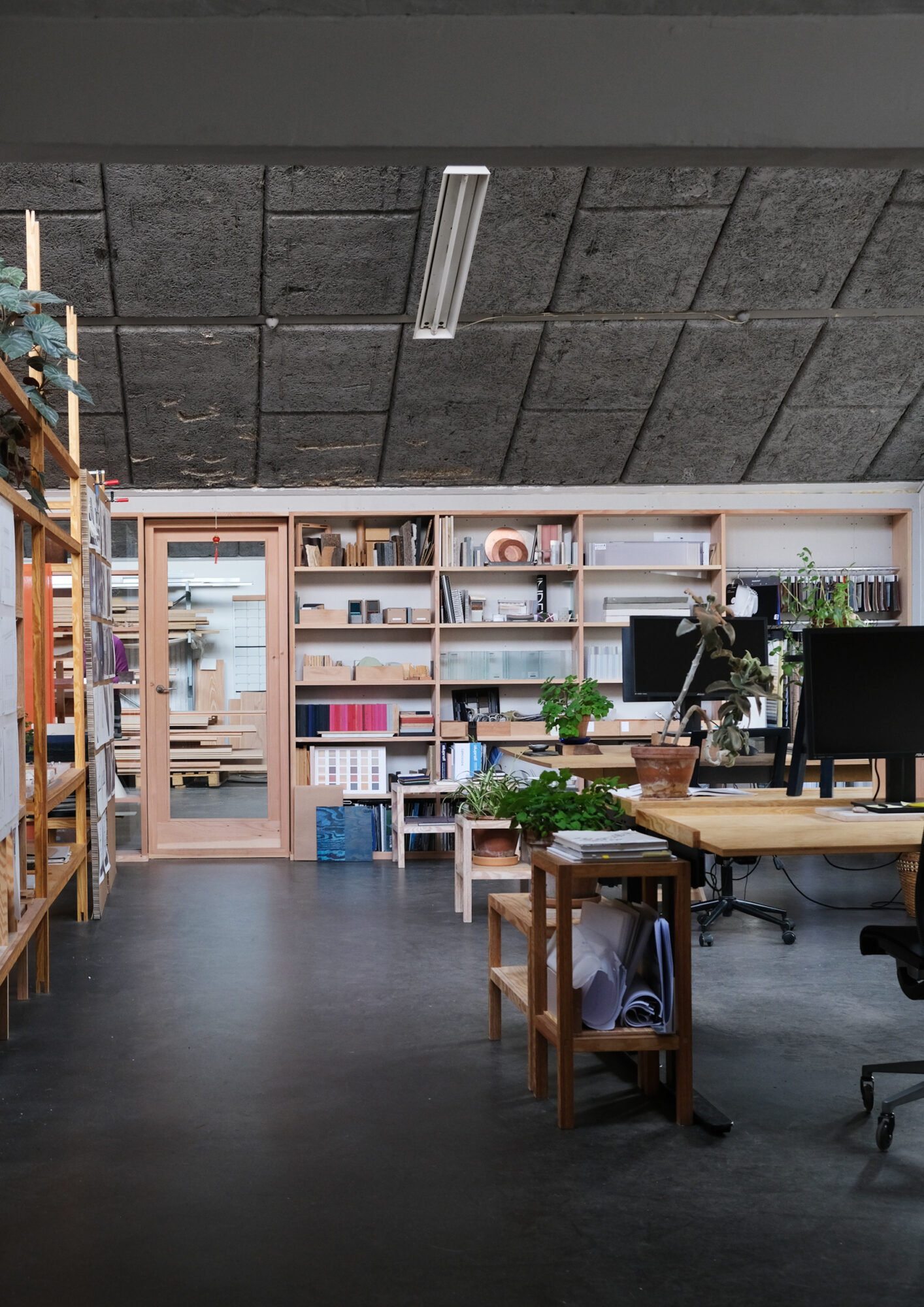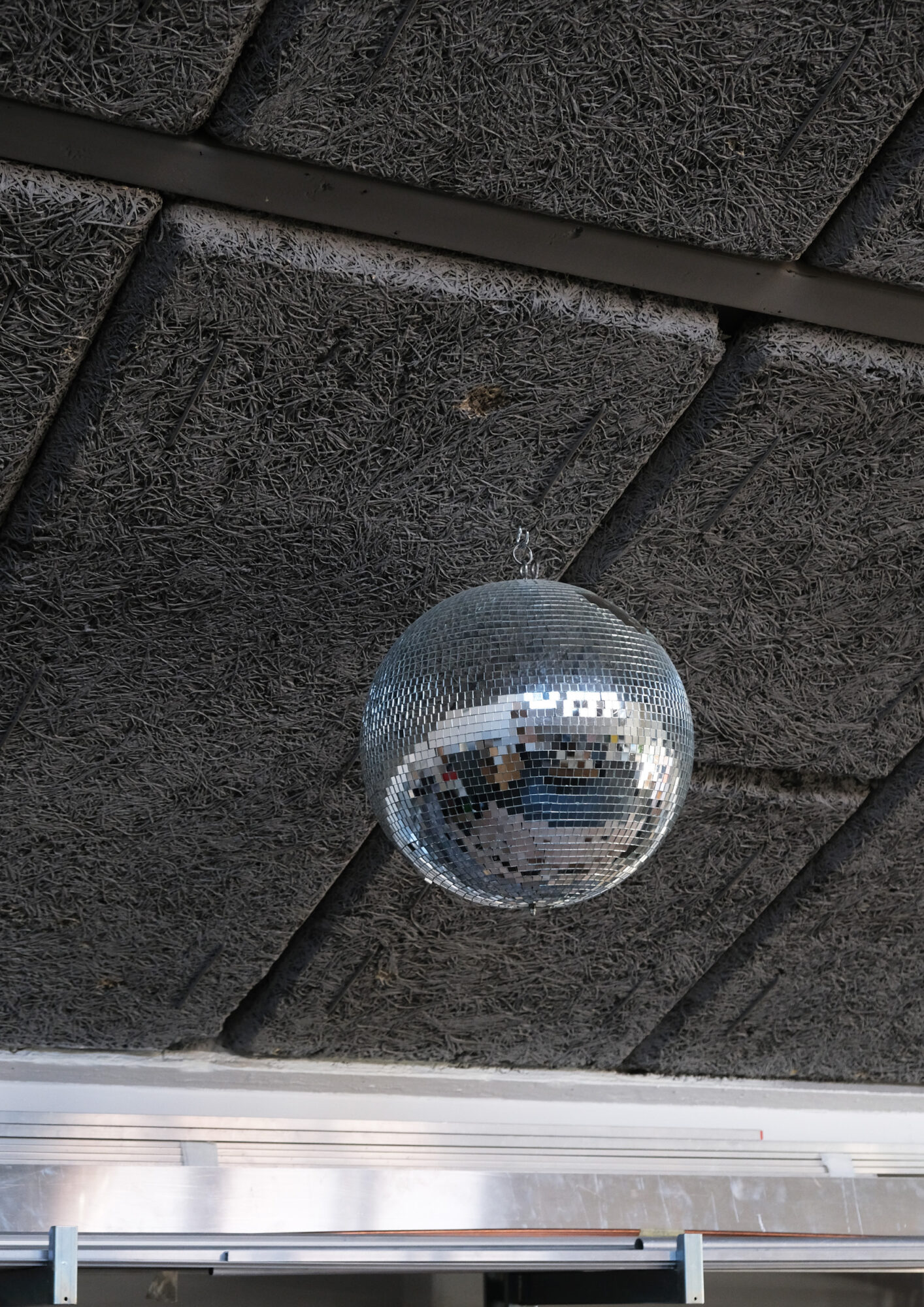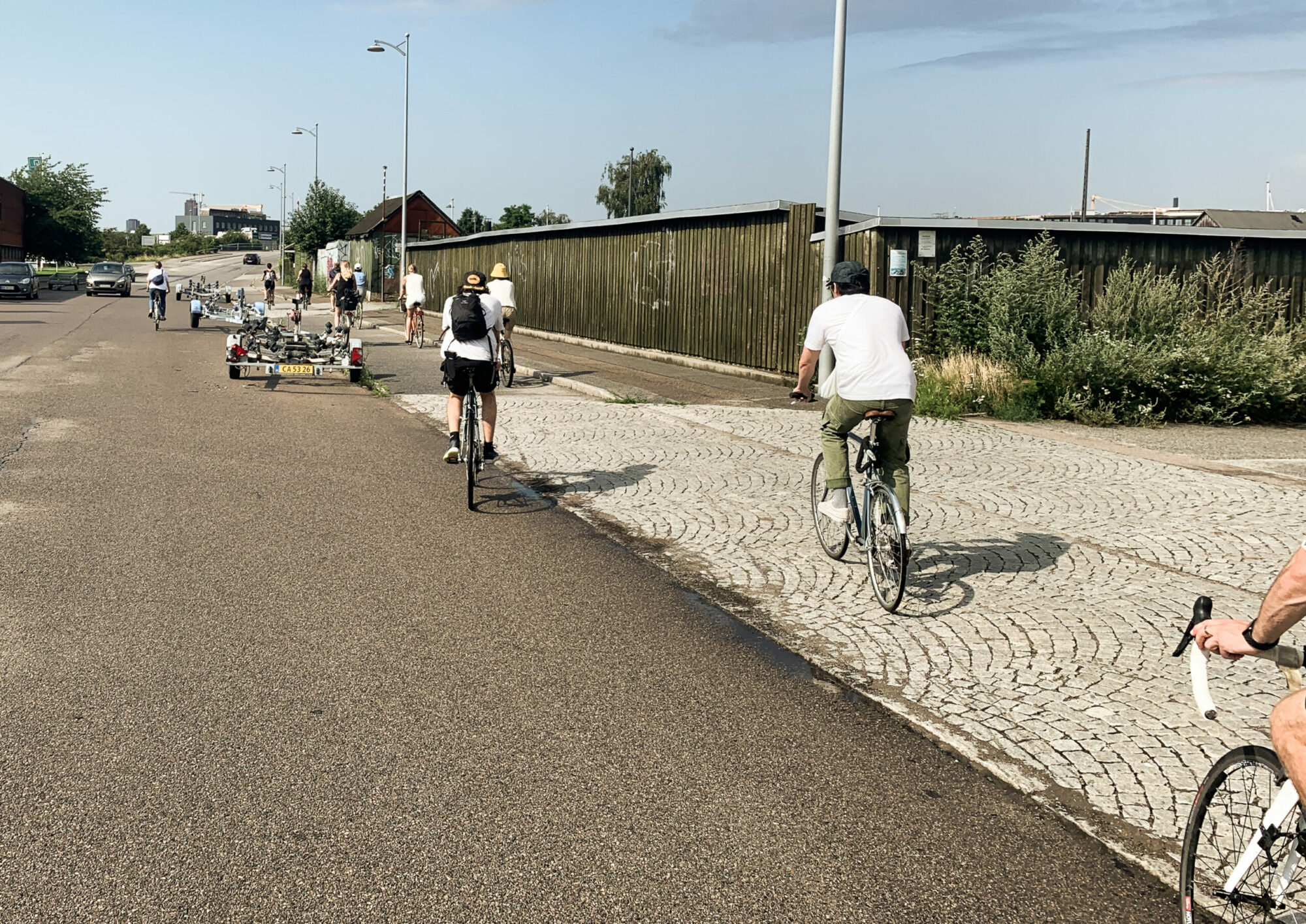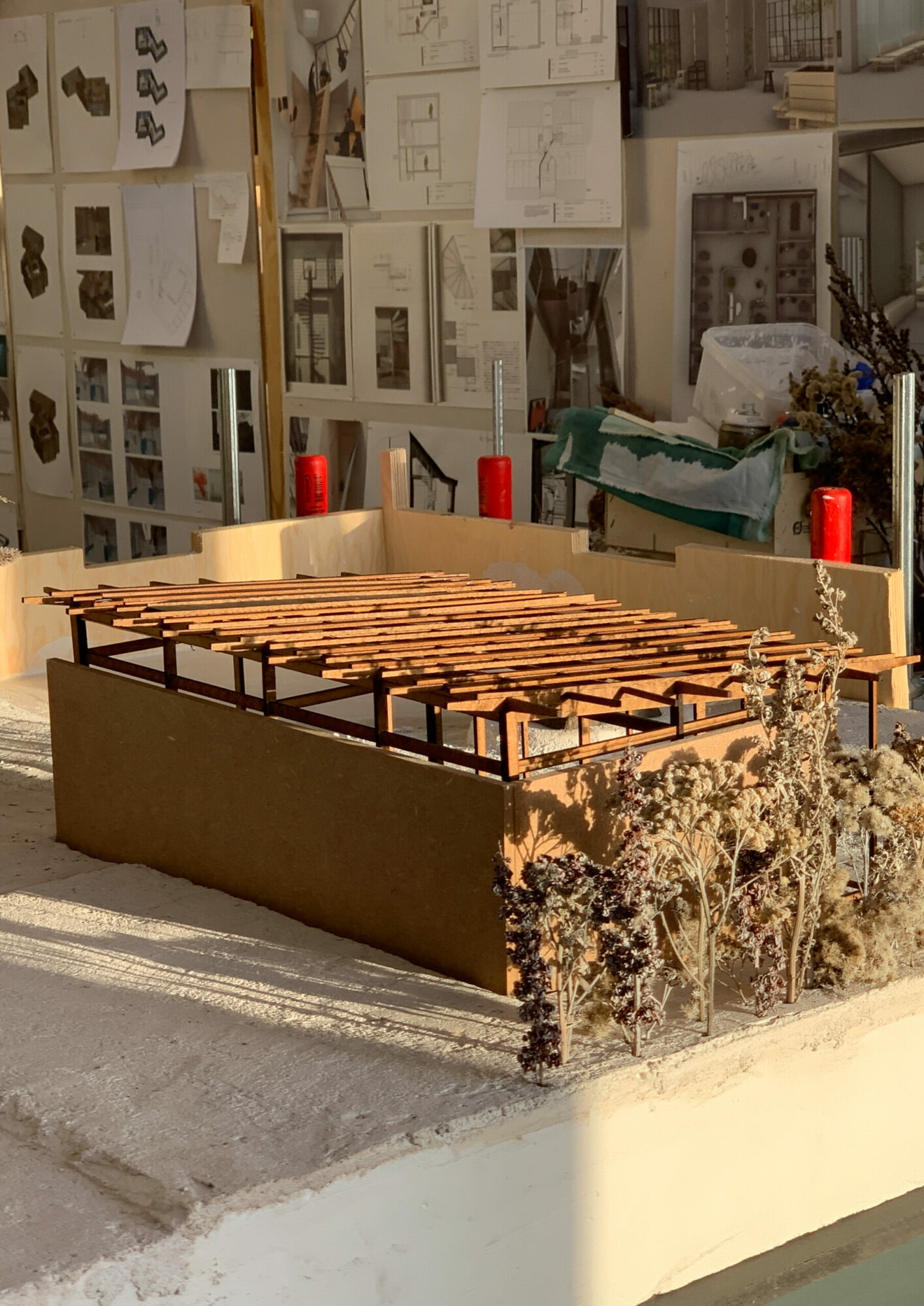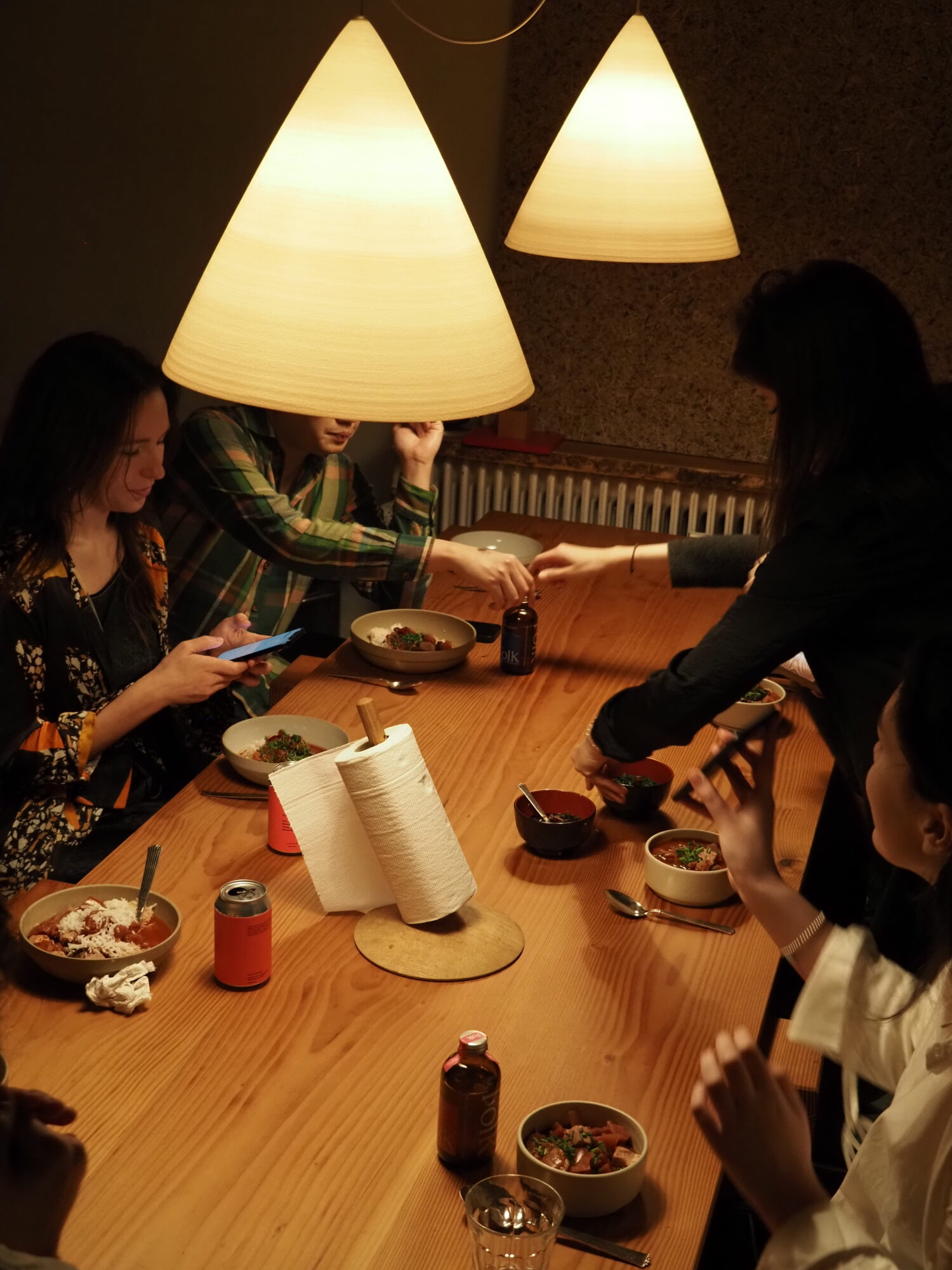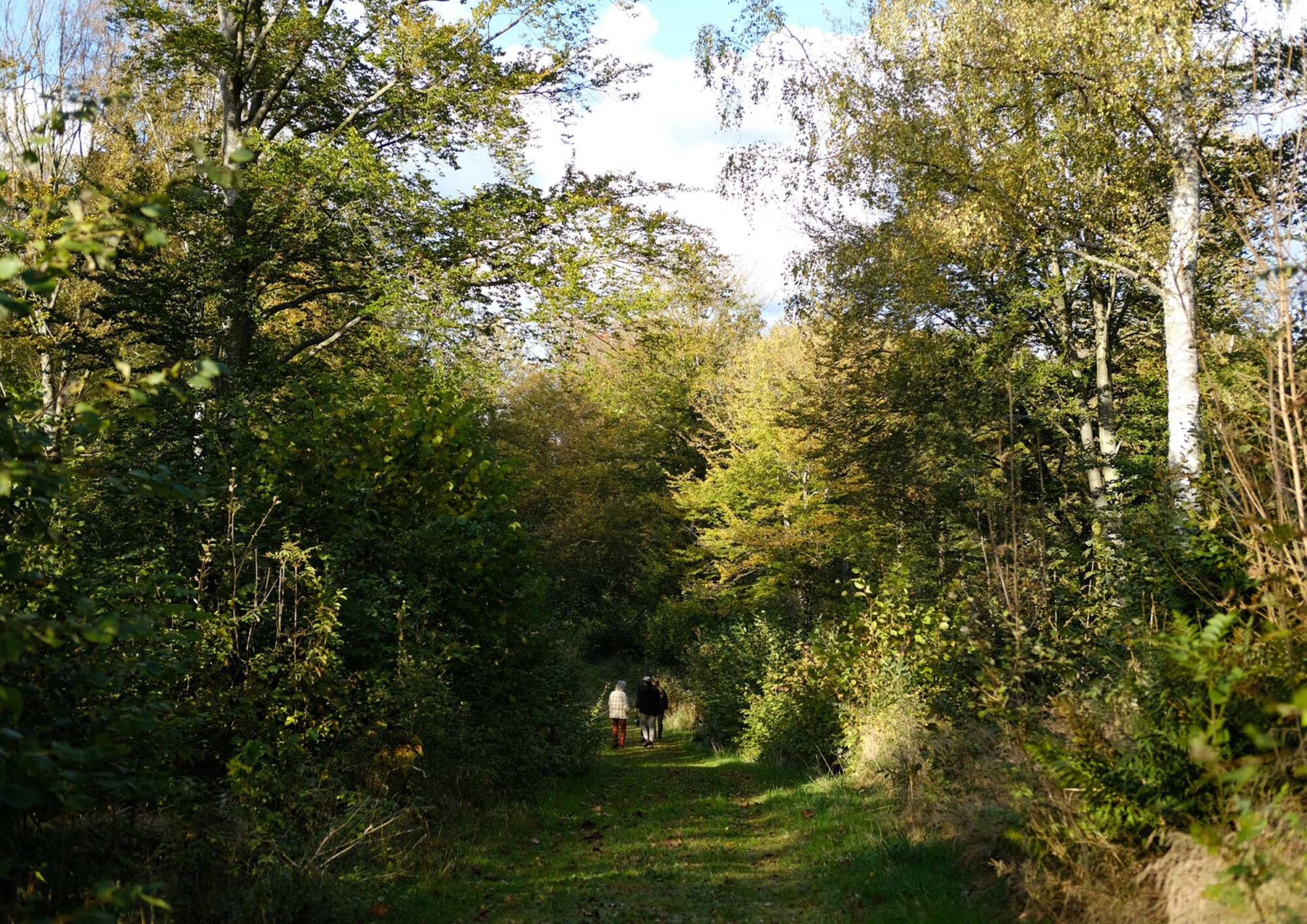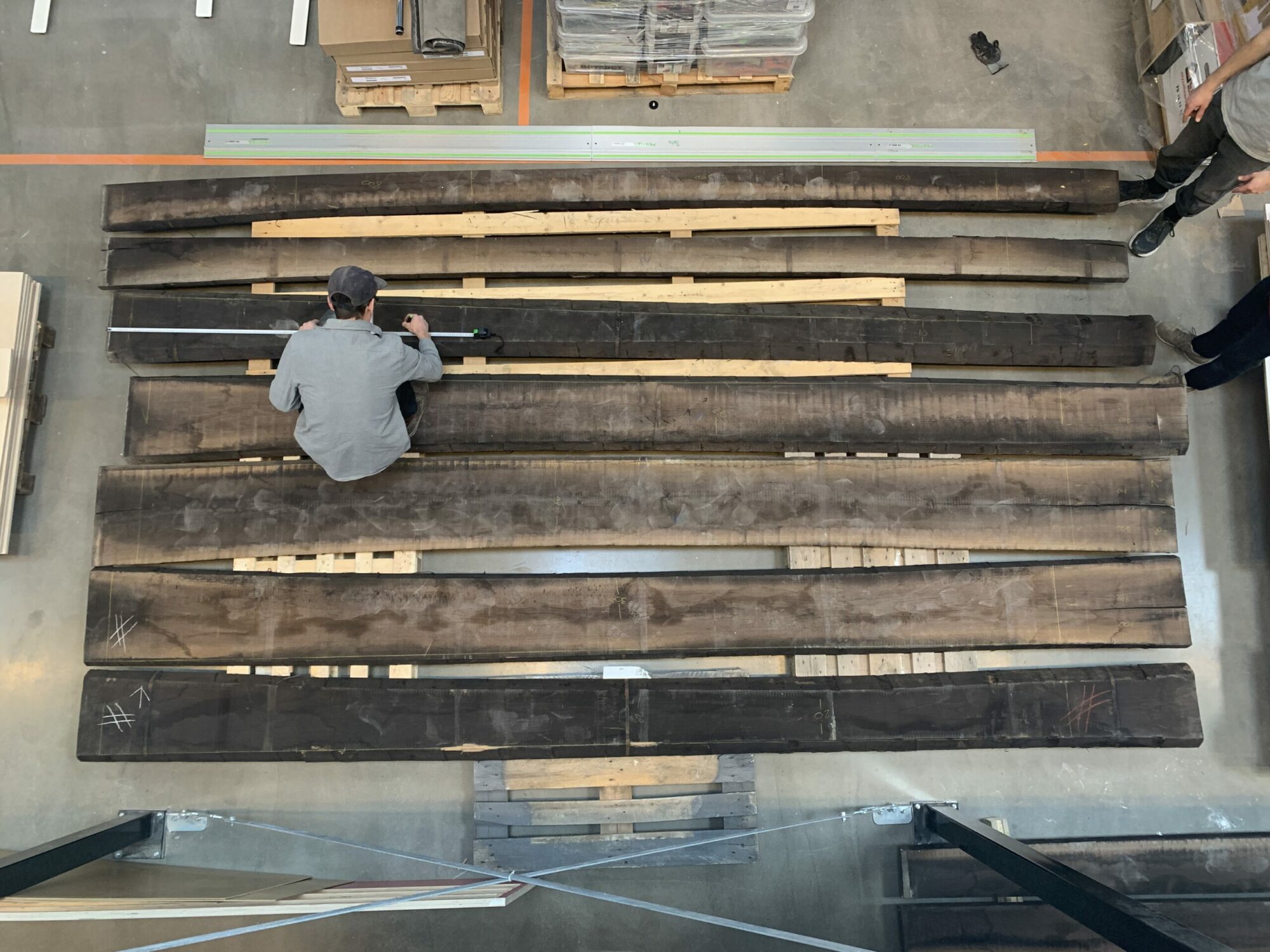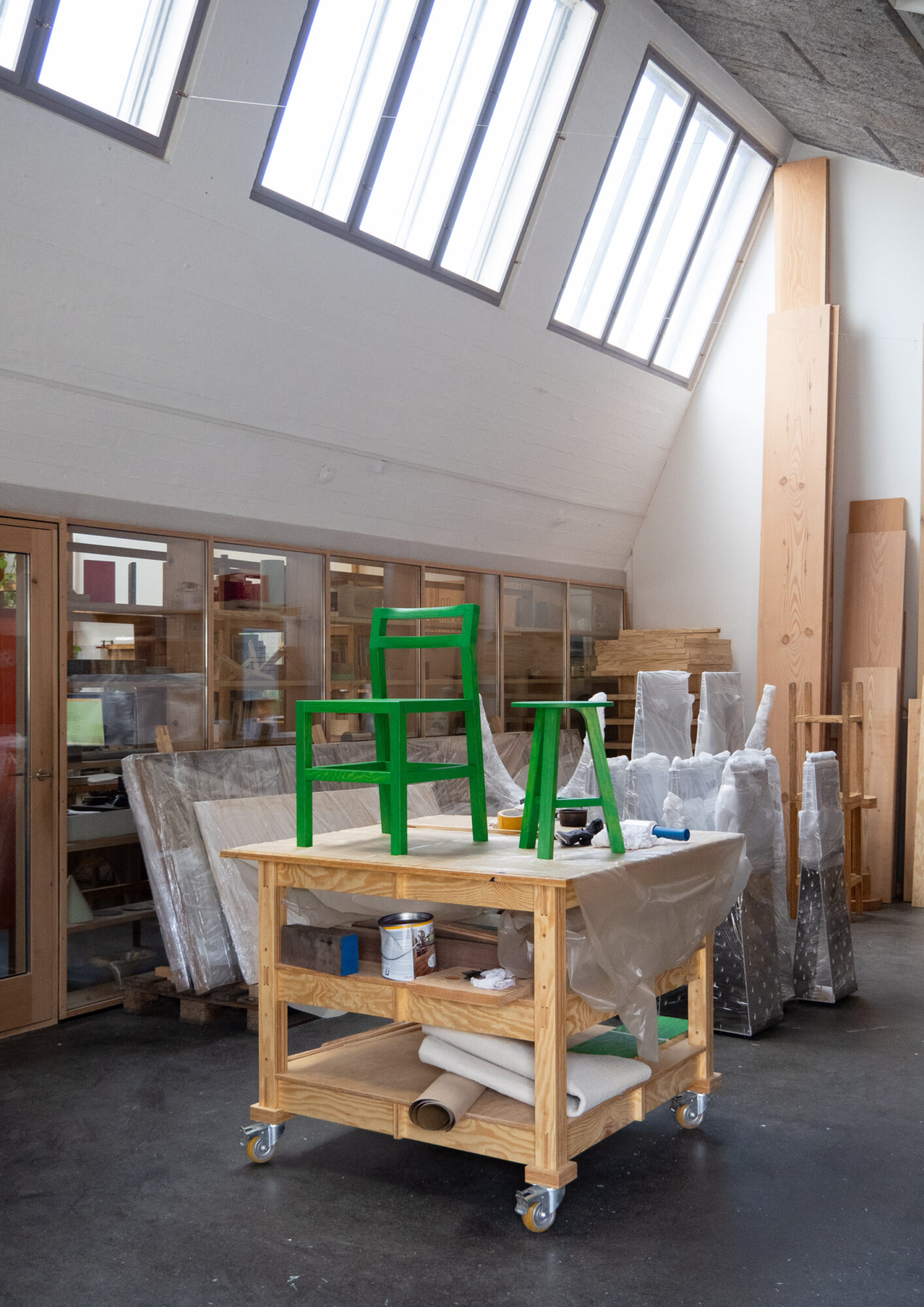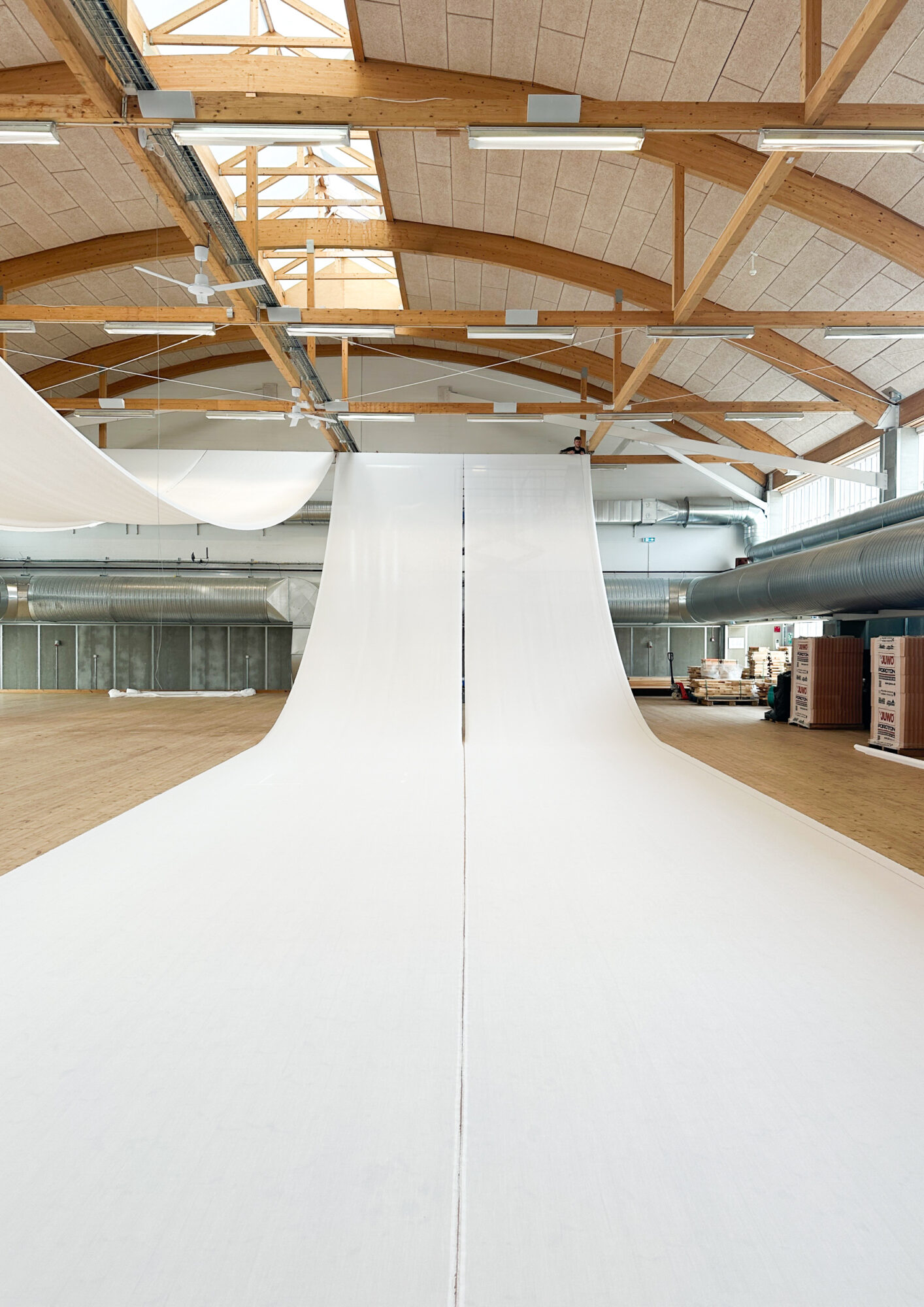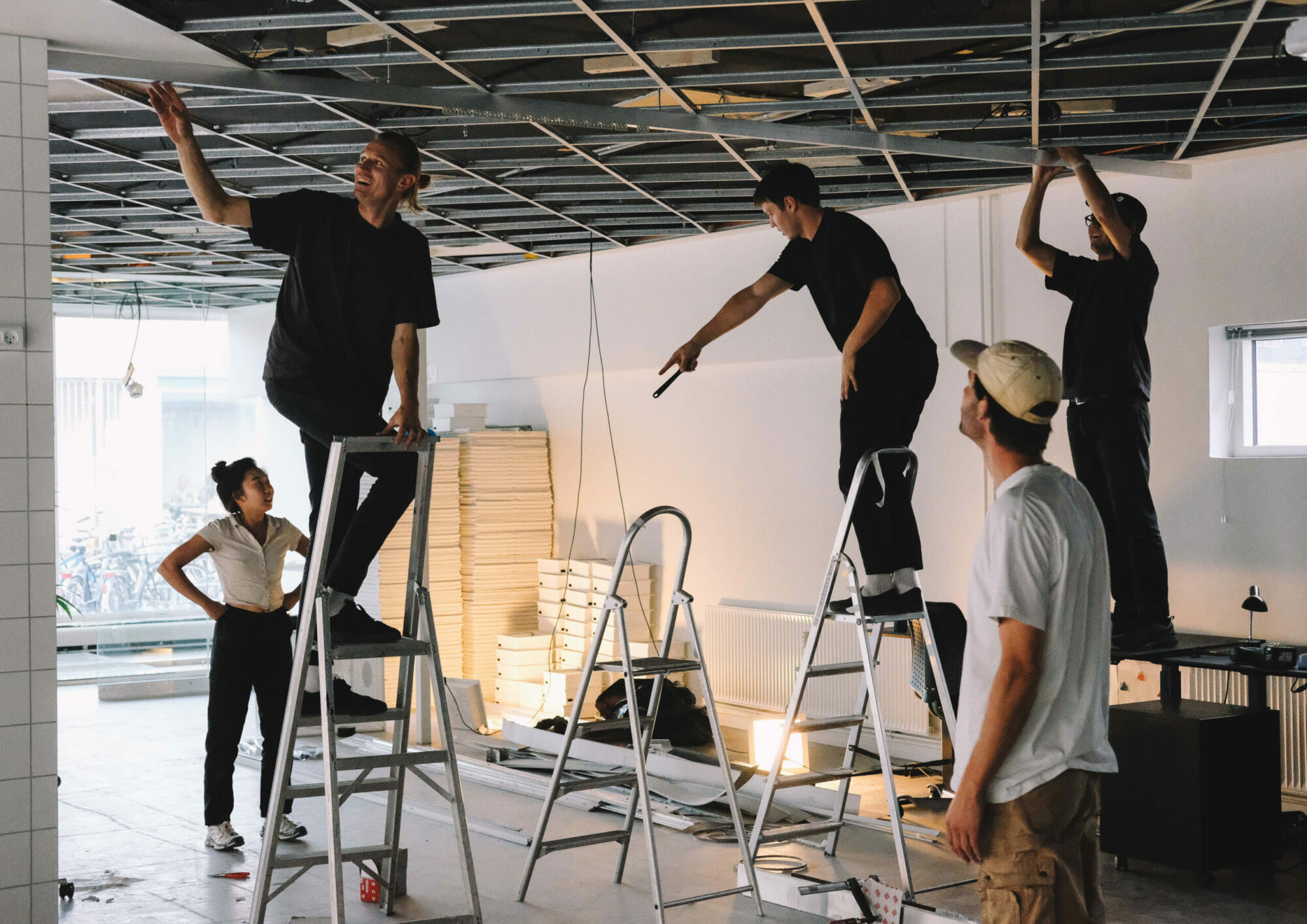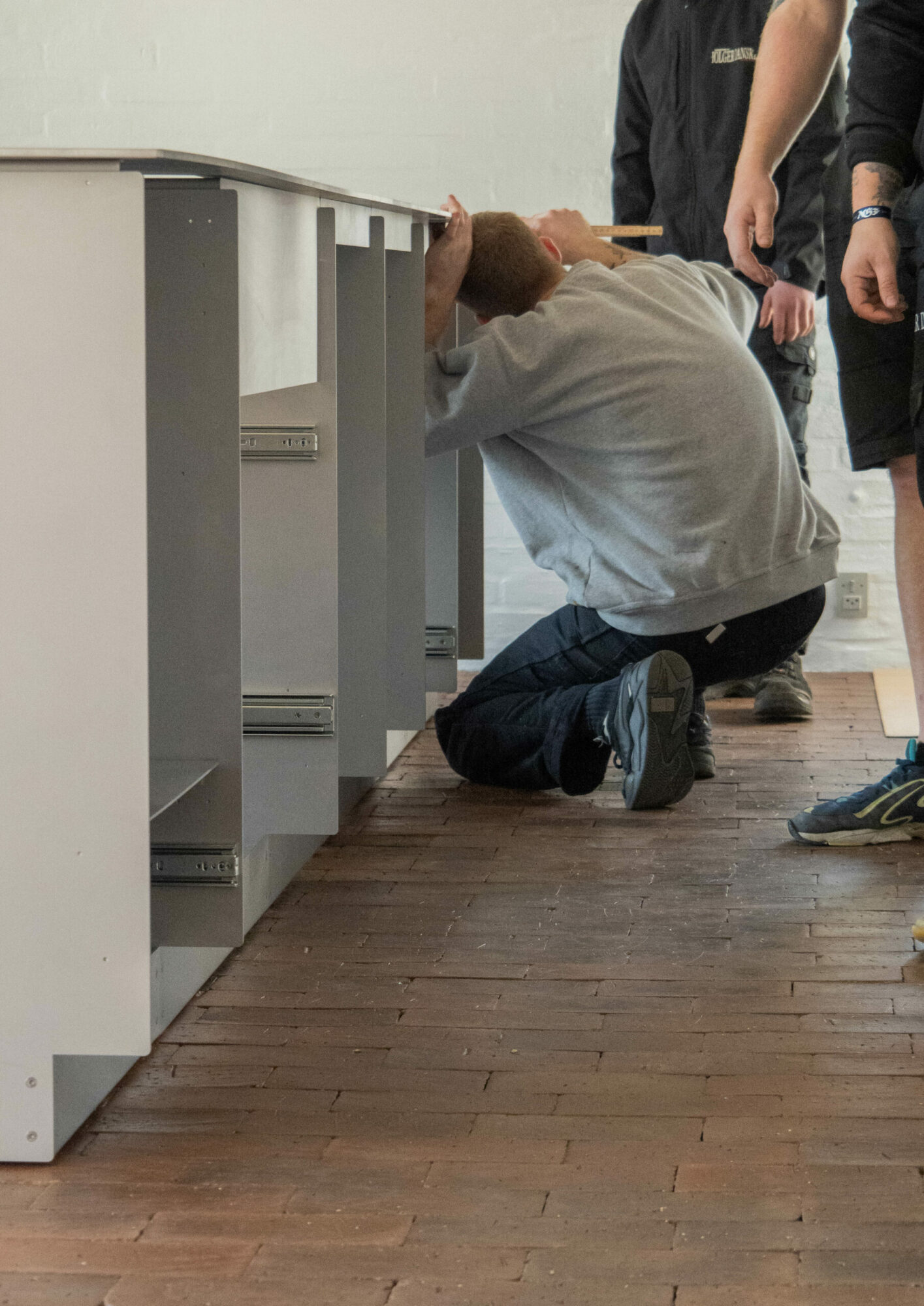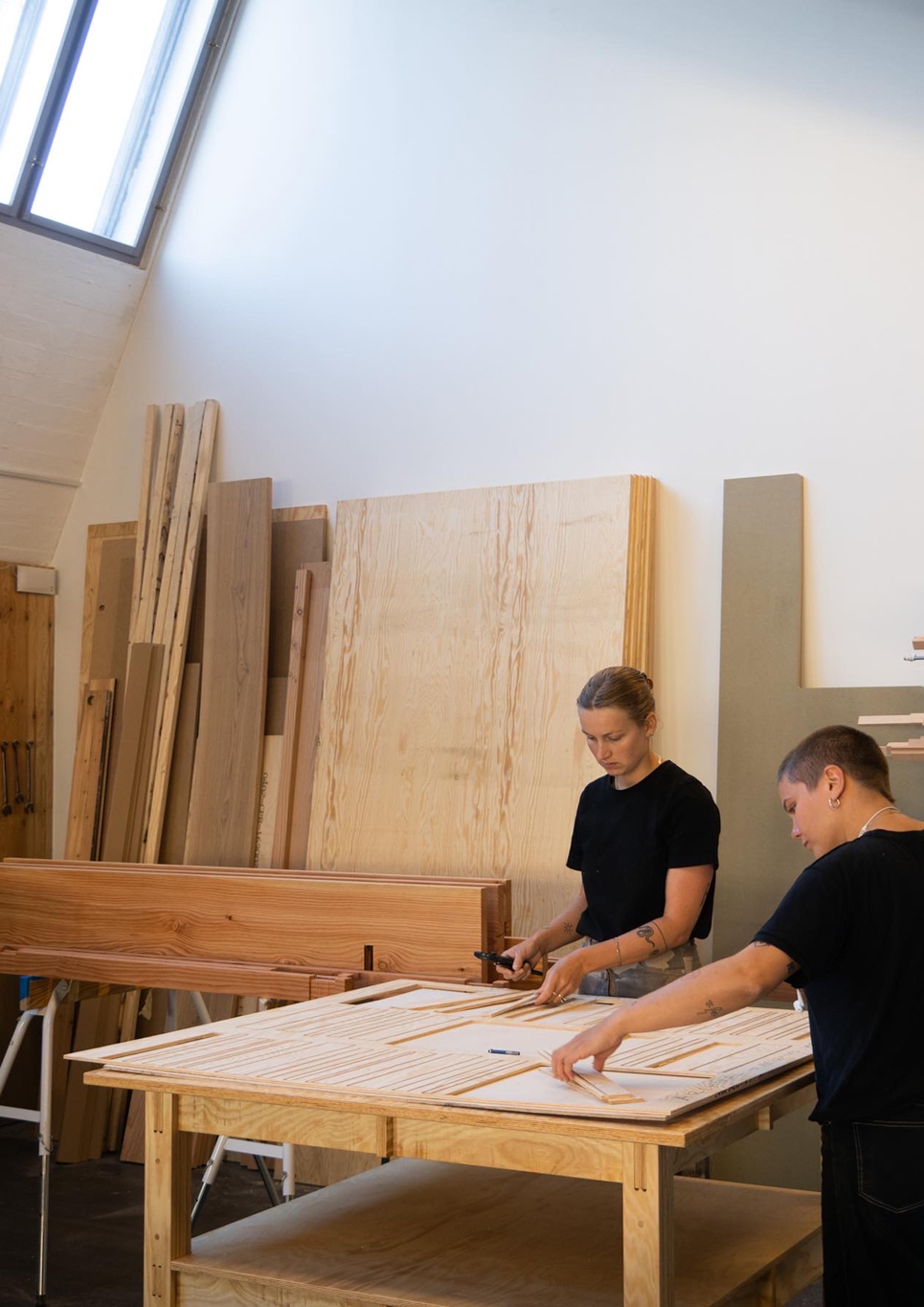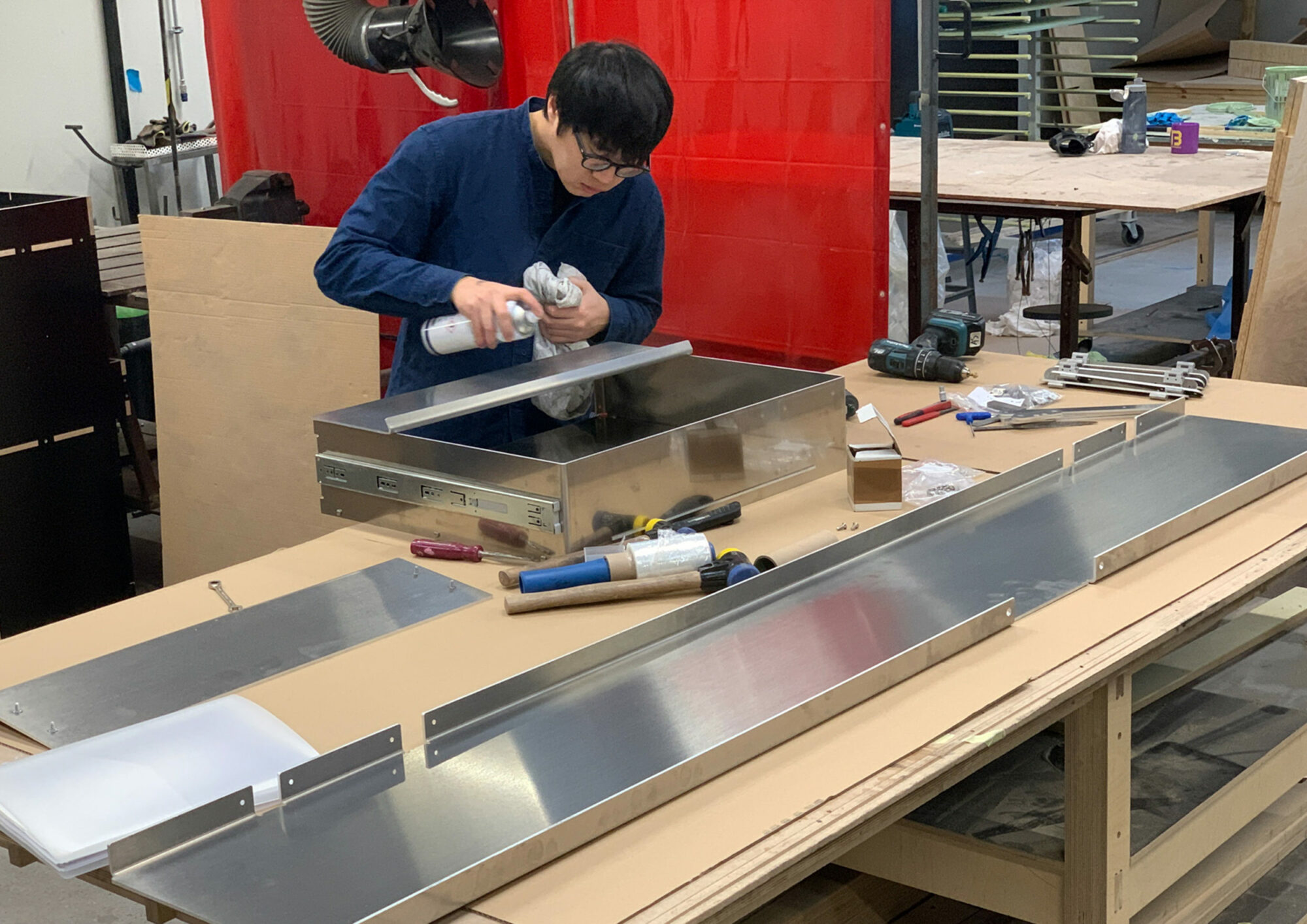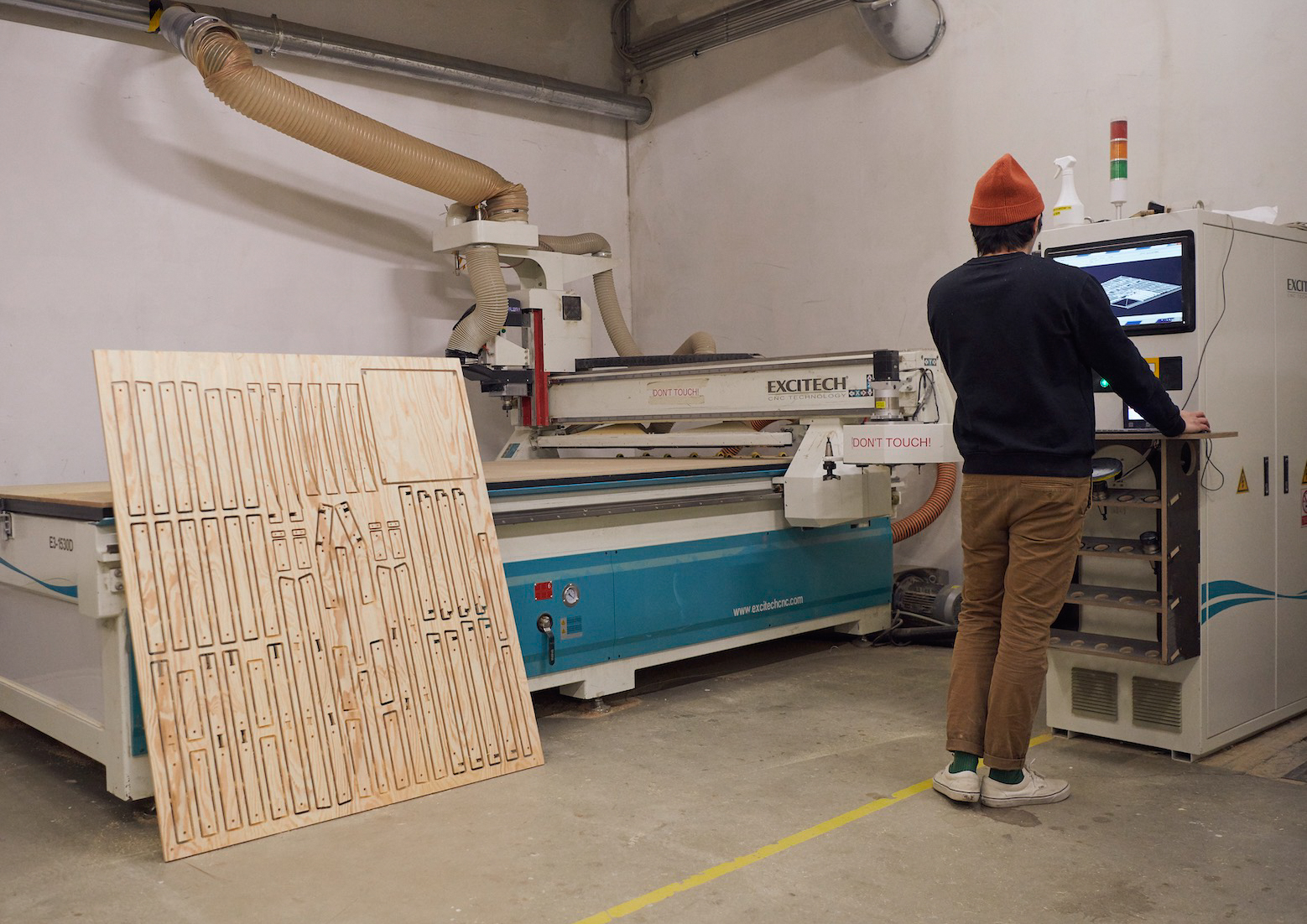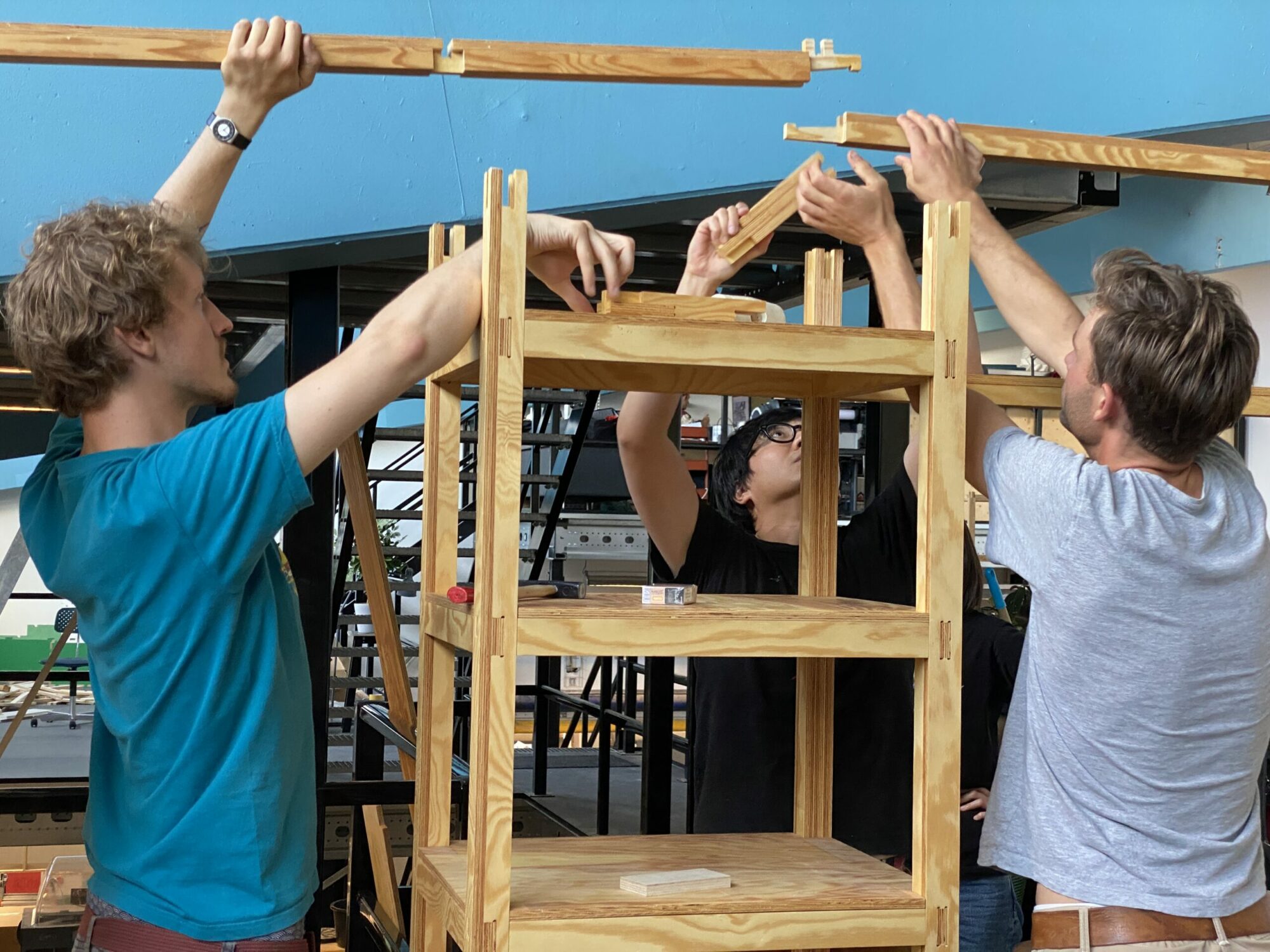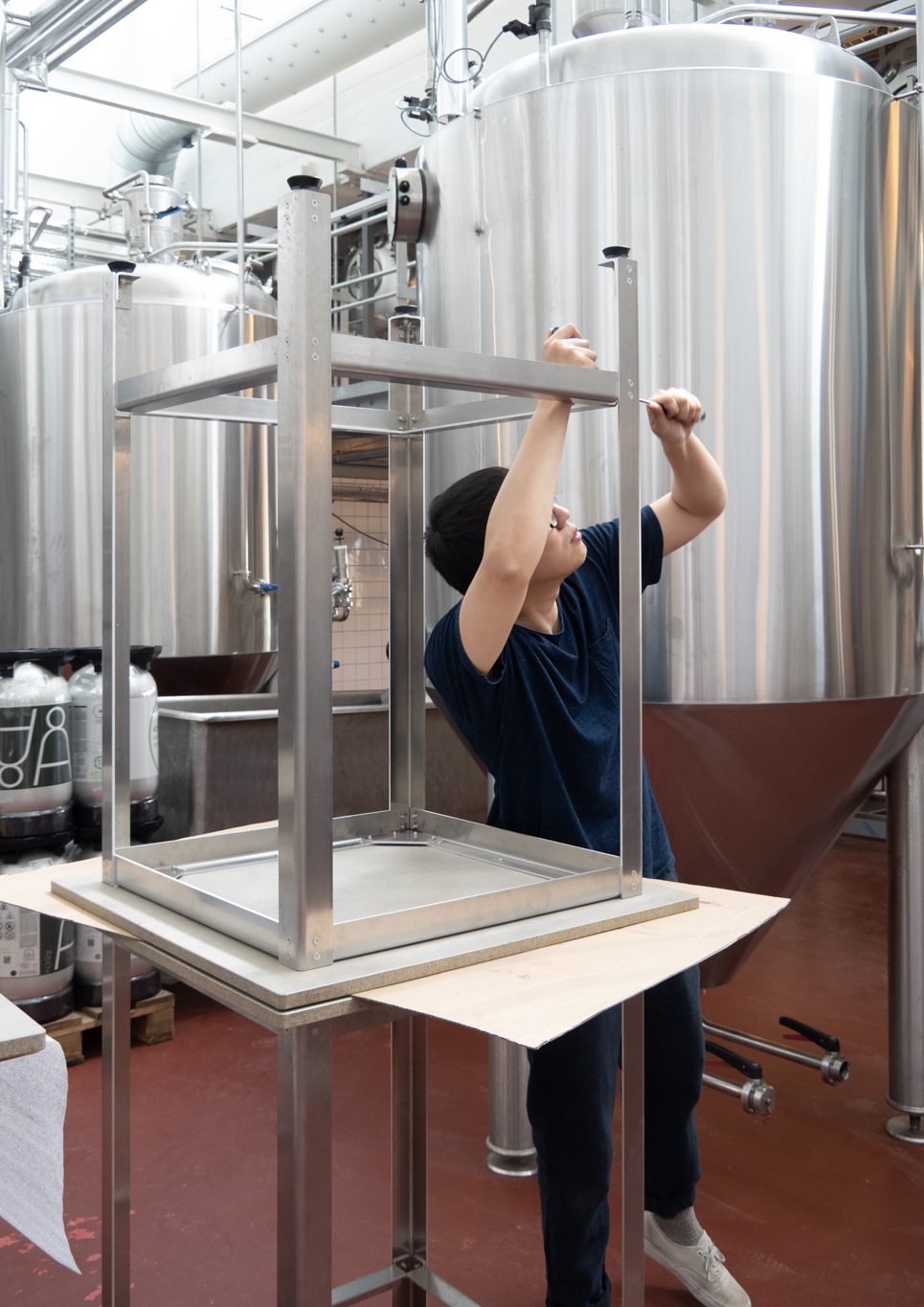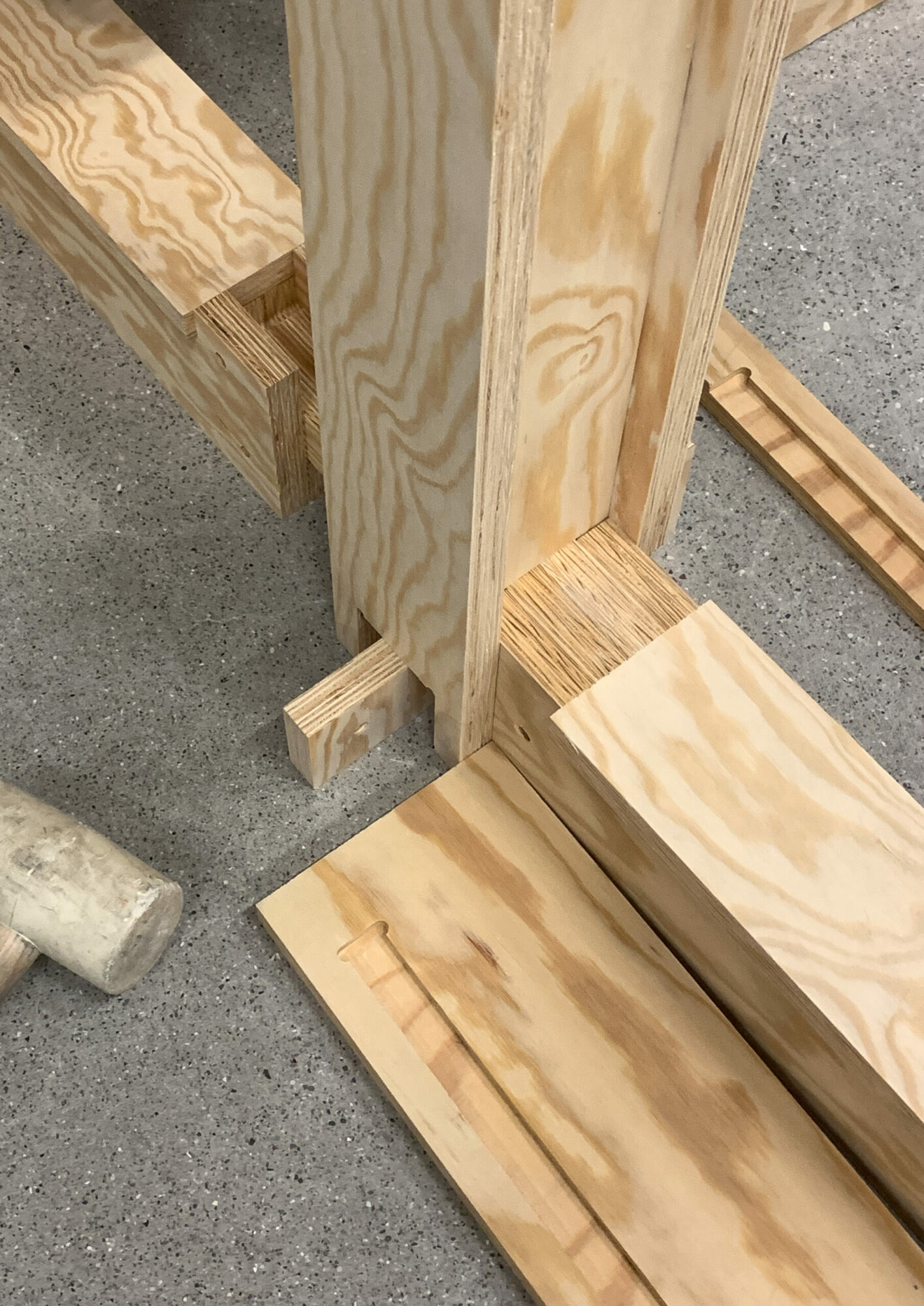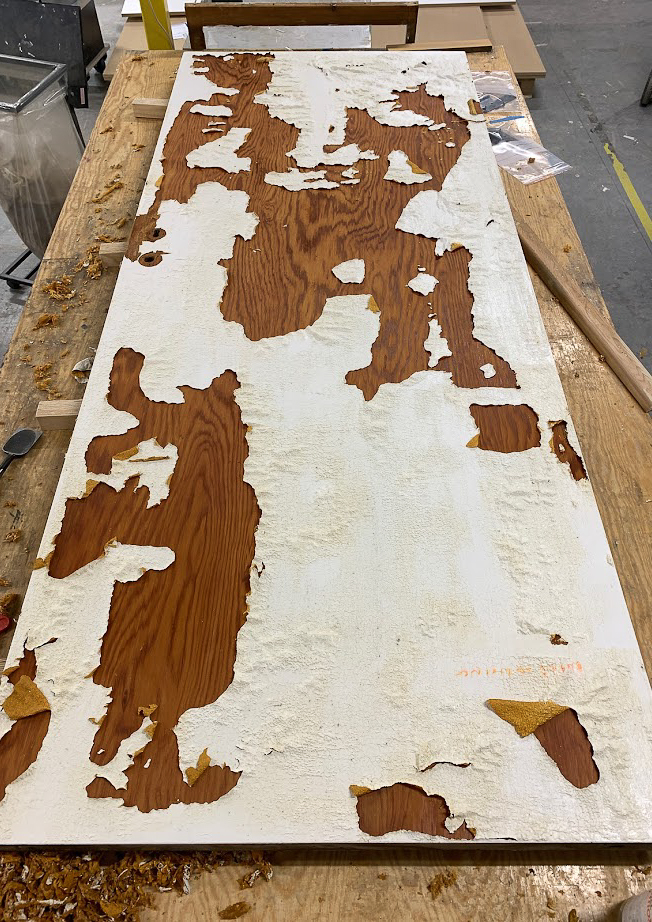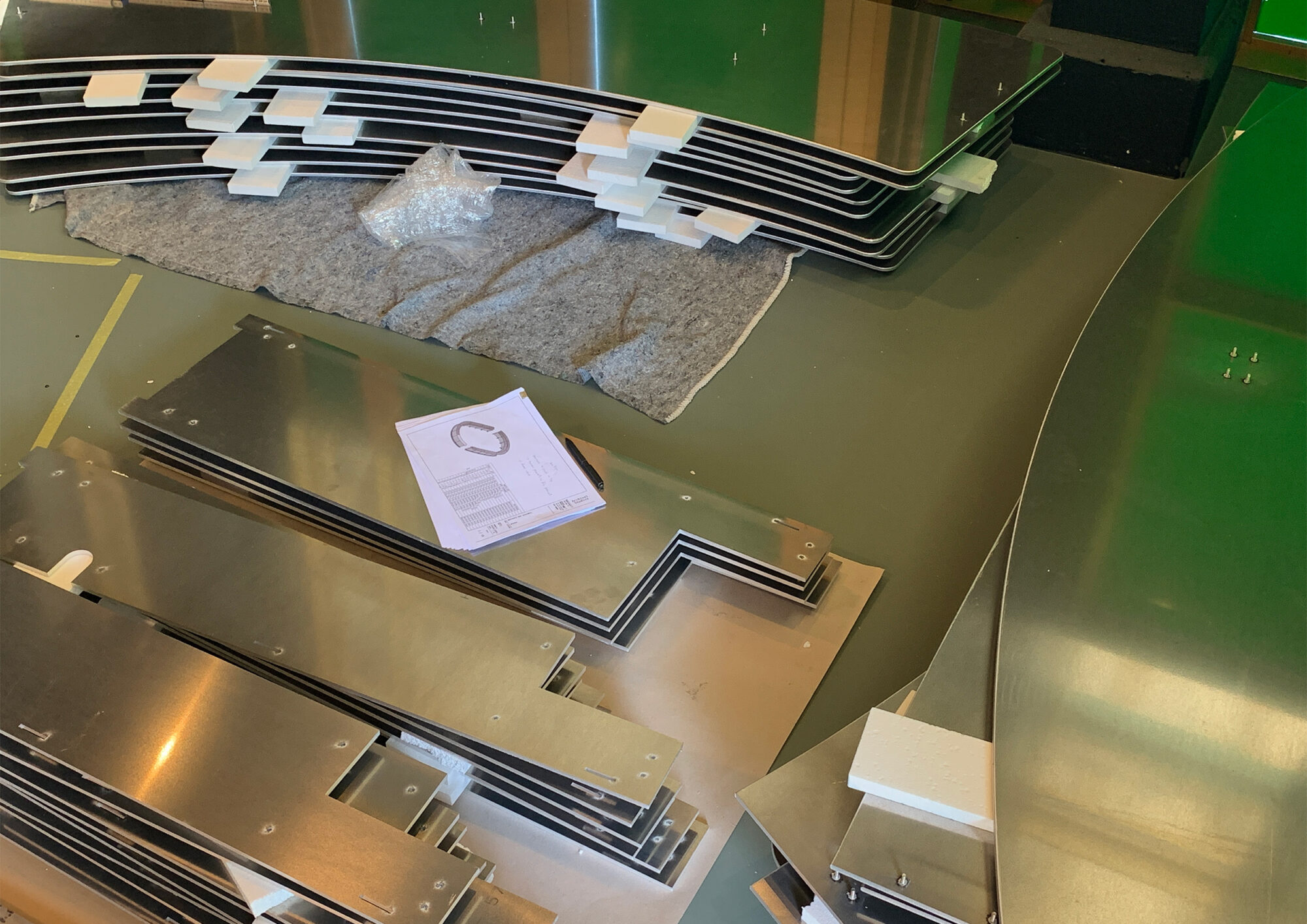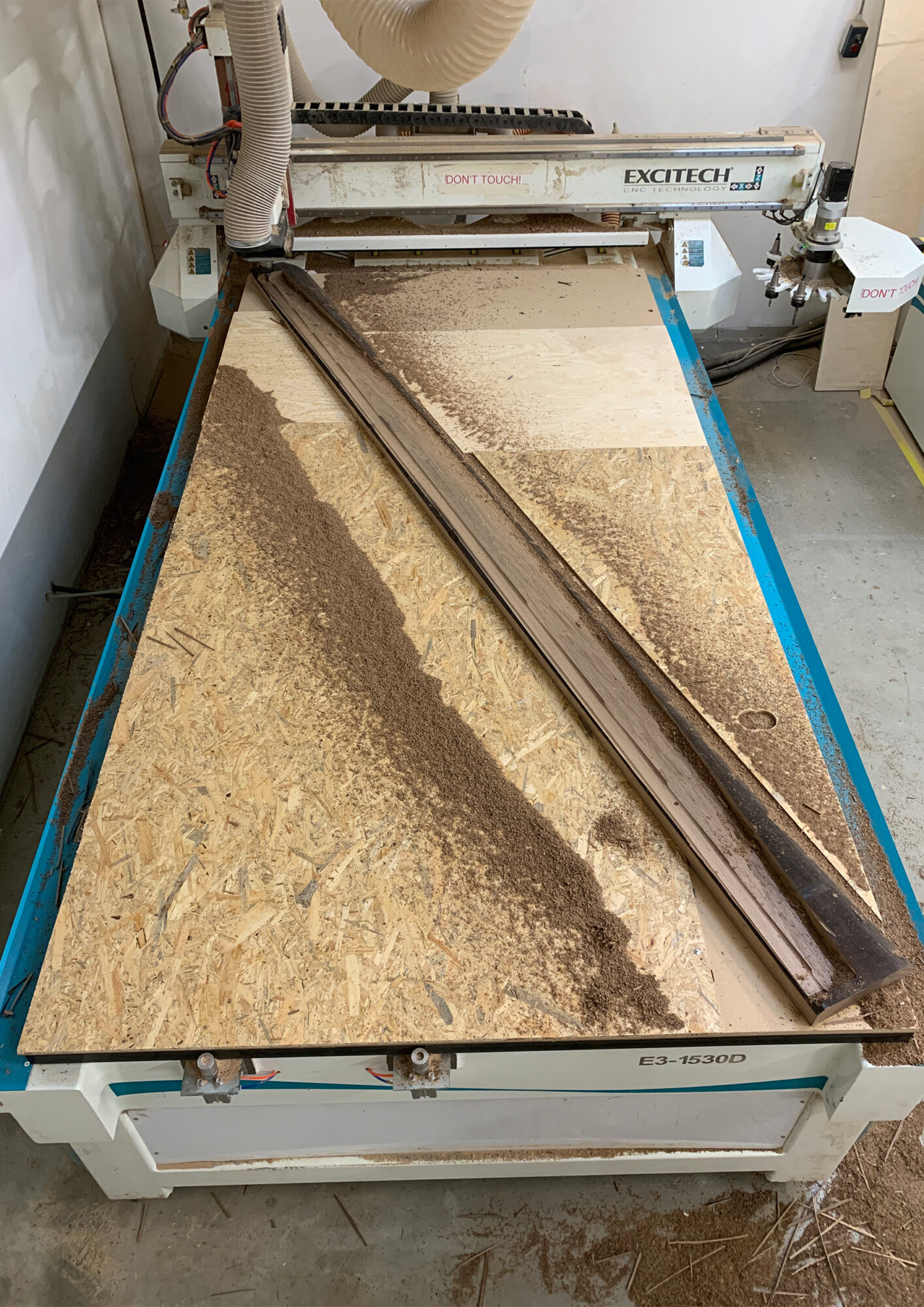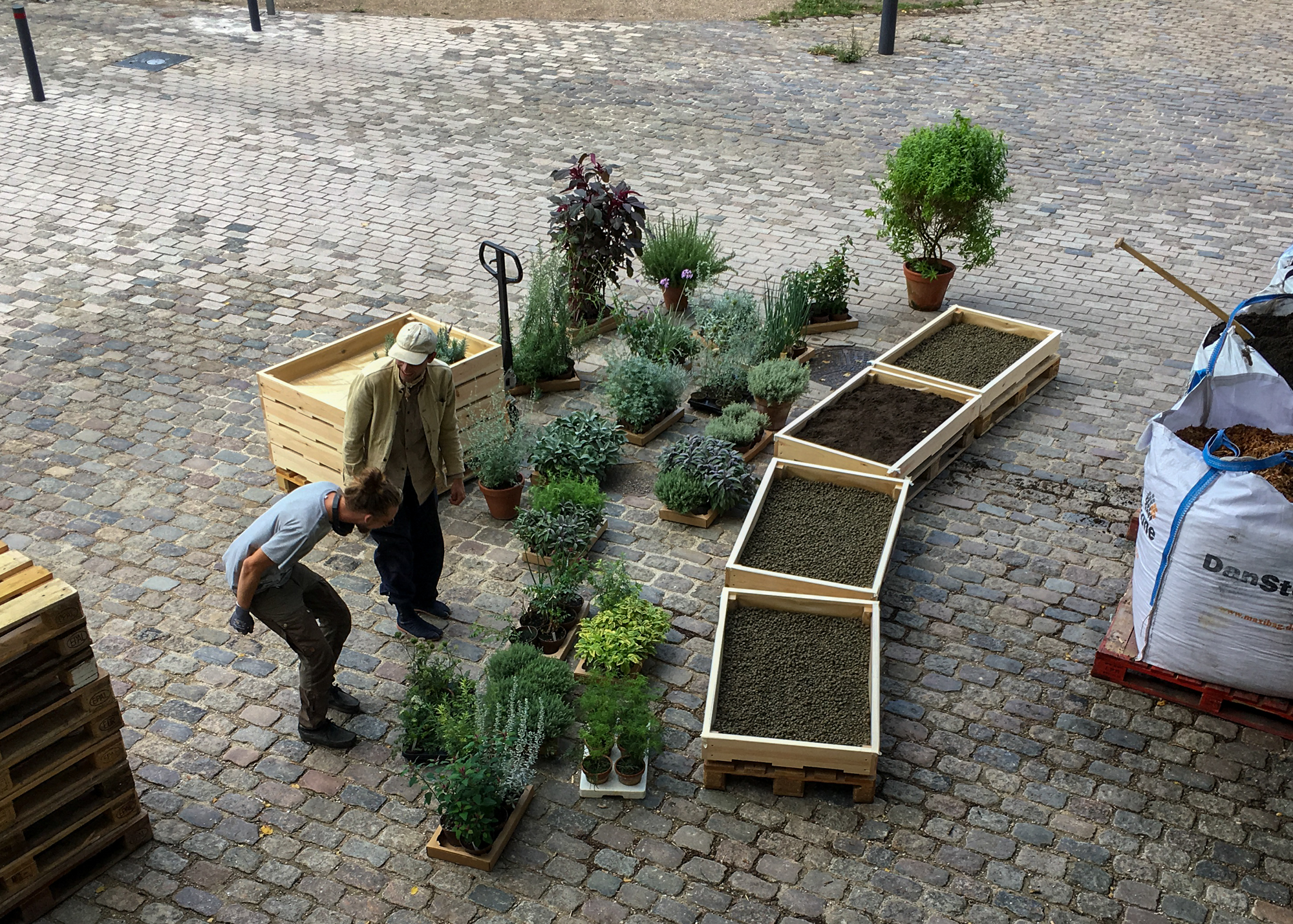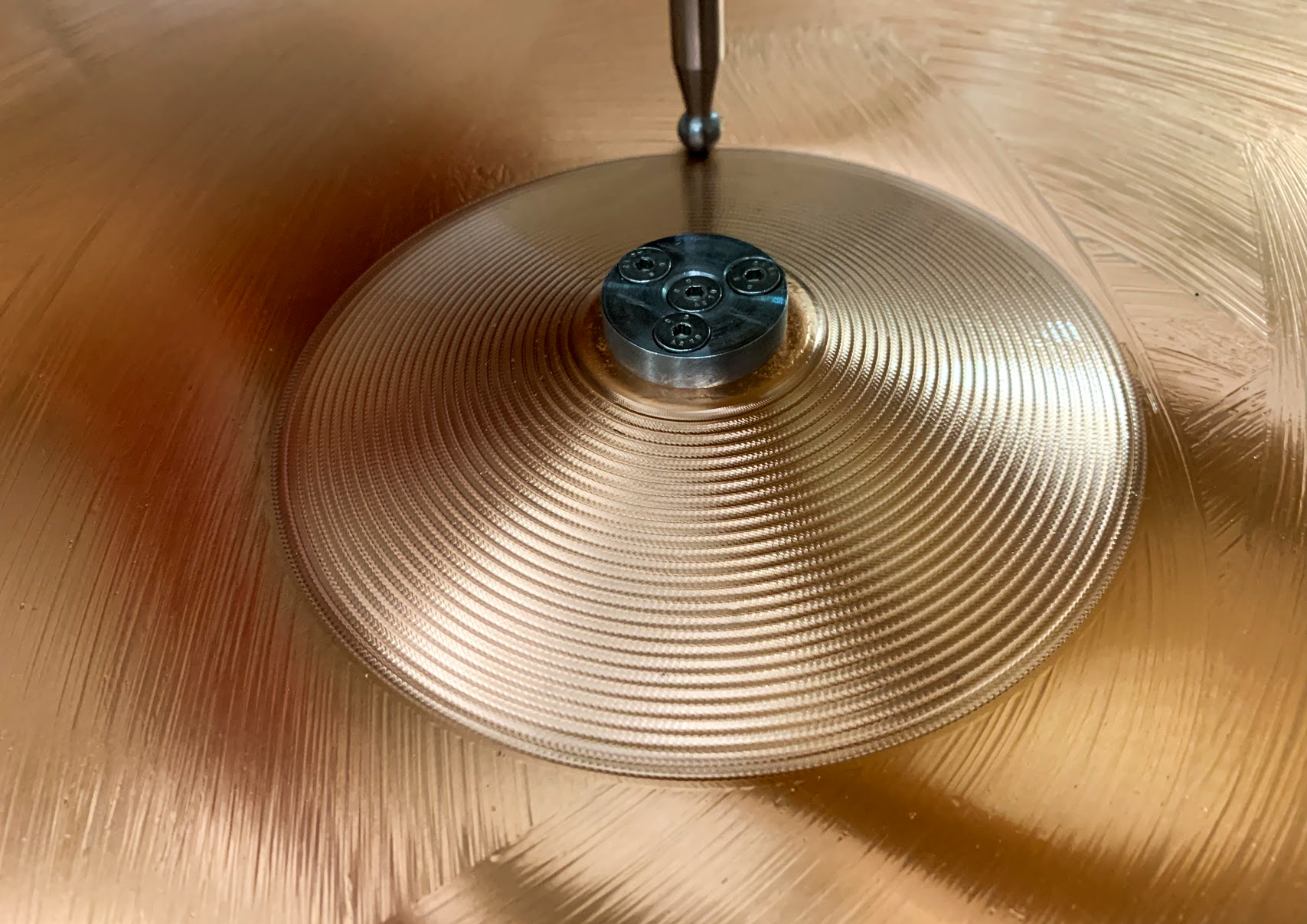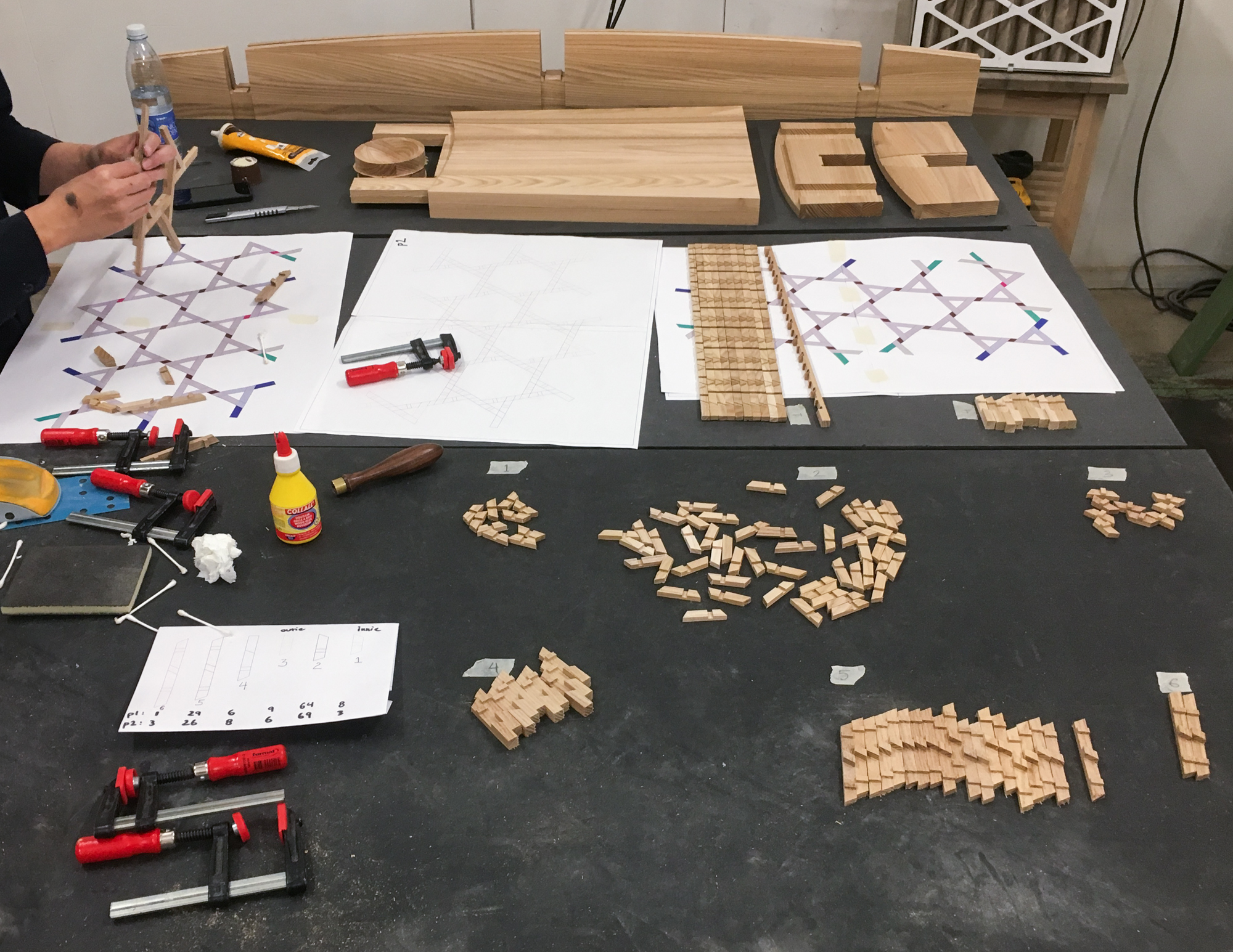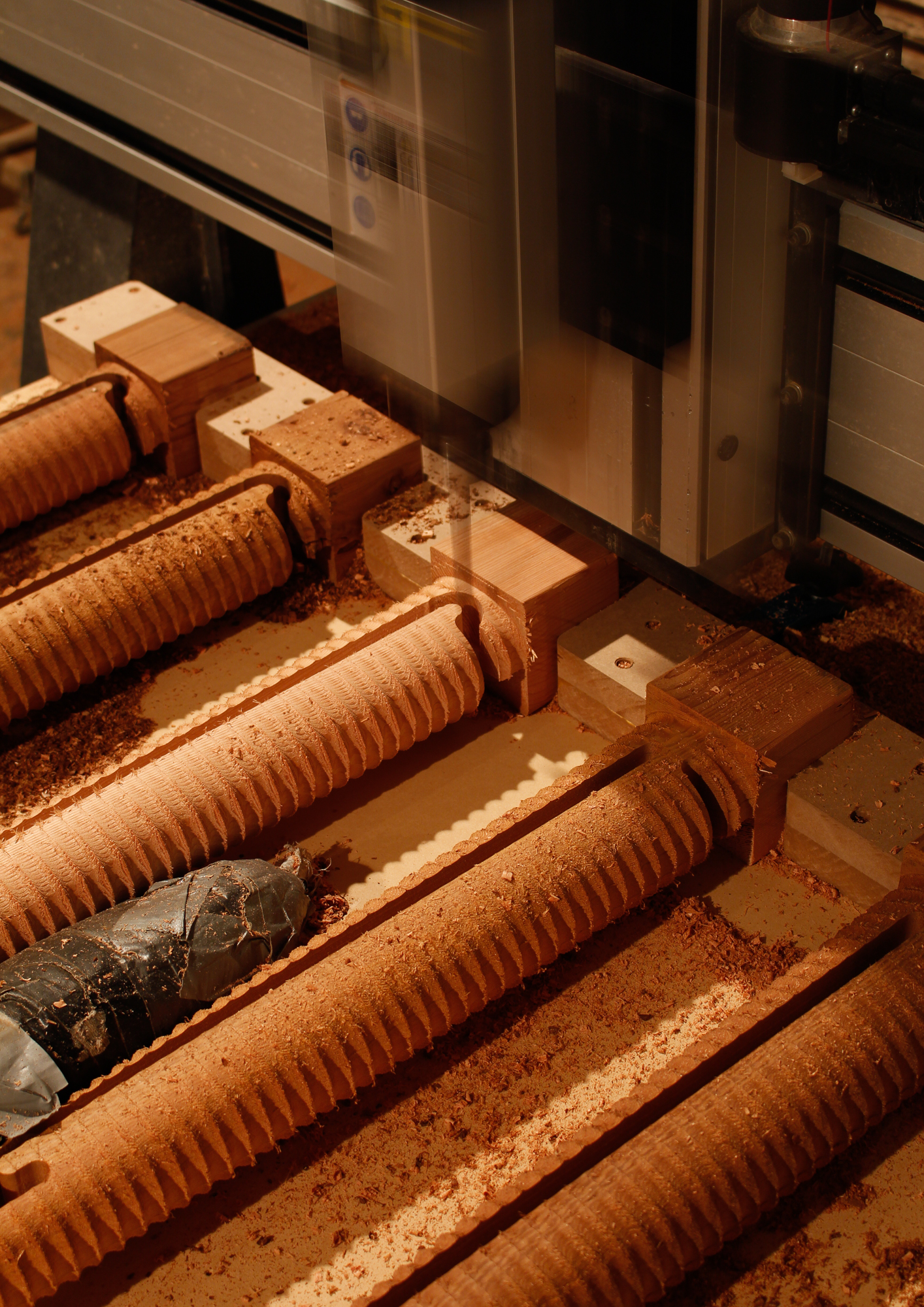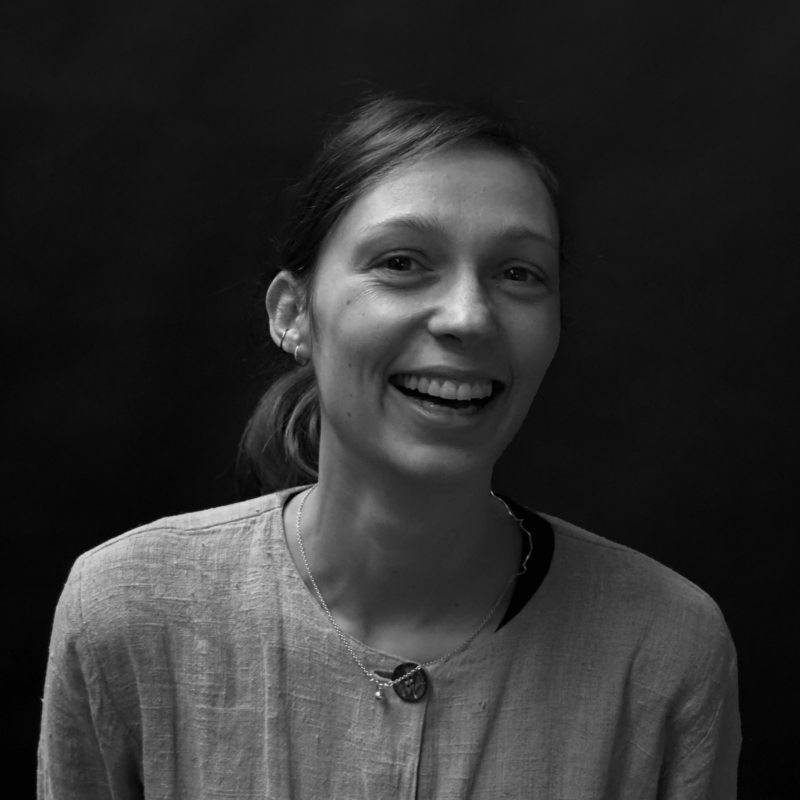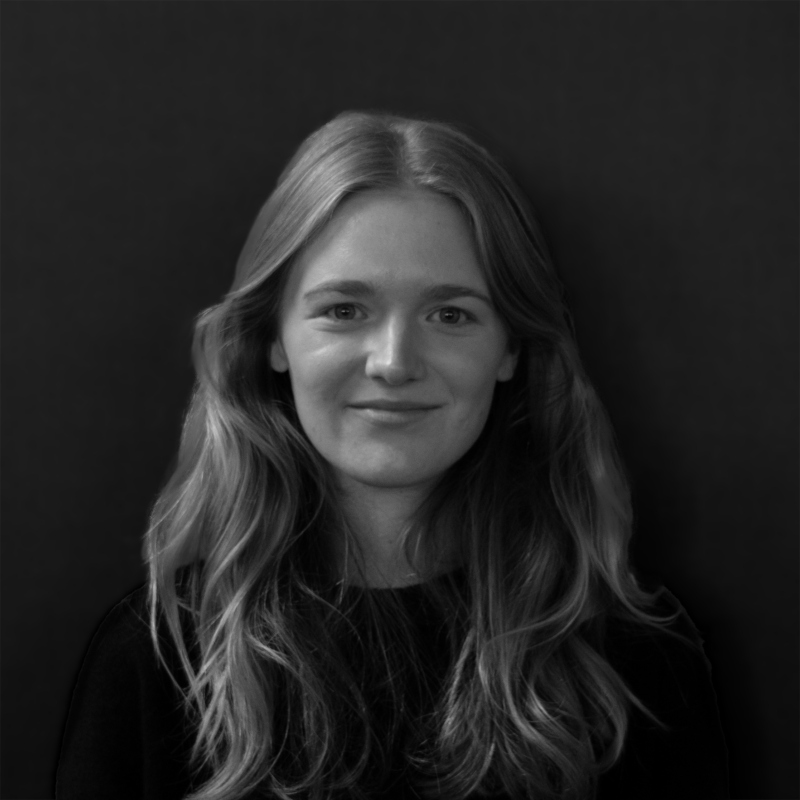‘Departure and homecoming: Tradition may constitute a point of departure for creation, but never a home to come back to’
— Kazuo Shinohara
Thinking
As our name implies, we begin each process by understanding the already existing. We do this in order to ‘design as little as possible’, letting patterns of life frame and direct our work. We begin each project by first understanding the qualities of the client, space, or situation that we are working with. We work with these with the ambition to help places feel truly alive. This aliveness often grows out of patterns of history and culture and these are our roots for transformation and care of the existing. We believe this aliveness is activated by bringing forth a universality in our work. Universality often suggests a level of fundamental truth or validity that transcends specific circumstances.
Due to growing wealth and technological advancements, the structures that shape our lives have evolved from simple frameworks into intricate webs designed to demand constant attention. As a response we aspire for a universality in architecture that offers simple organized frameworks to make space for and hold this aliveness:
A place where life can unfold organically.
Building
We like to think that architects build. If that may be designing, drawing, planning and administration, it all eventually comes down to the act of building. We as architects should first and foremost think within this paradigm of building instead of merely planning. Production is a core pillar in our practice and is always introduced in the conceptual/schematic phase. For us, a successful production is the unity of raw material, technique, and tectonic quality. In the office we talk about the ‘opportunities in production’ which means that we do not simply apply building products to a concept but try to understand each element looking for the opportunities in the production.
The opportunities in production provide us with the tools to distill projects to their tectonic essentials and to work directly with these elements: The materials, the construction, and the visual form of the built, converge to constitute a unified whole.
As a result, the built then becomes exactly what we see and touch, exactly what we feel beneath our feet.
Team
Jo Qiang (CH)
Partner, Operational Director, Architect
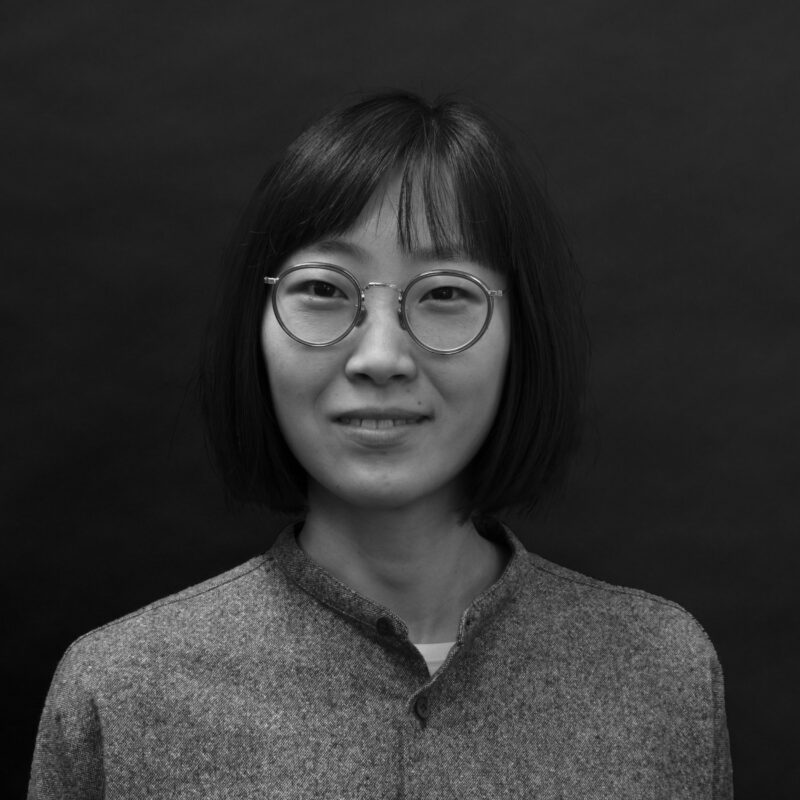
(+45) 9155 4010
Partner
M.Arch., Cranbrook Academy of Art, 2016
Yuan-Chieh Yang (TW)
Partner, Design Director, Architect
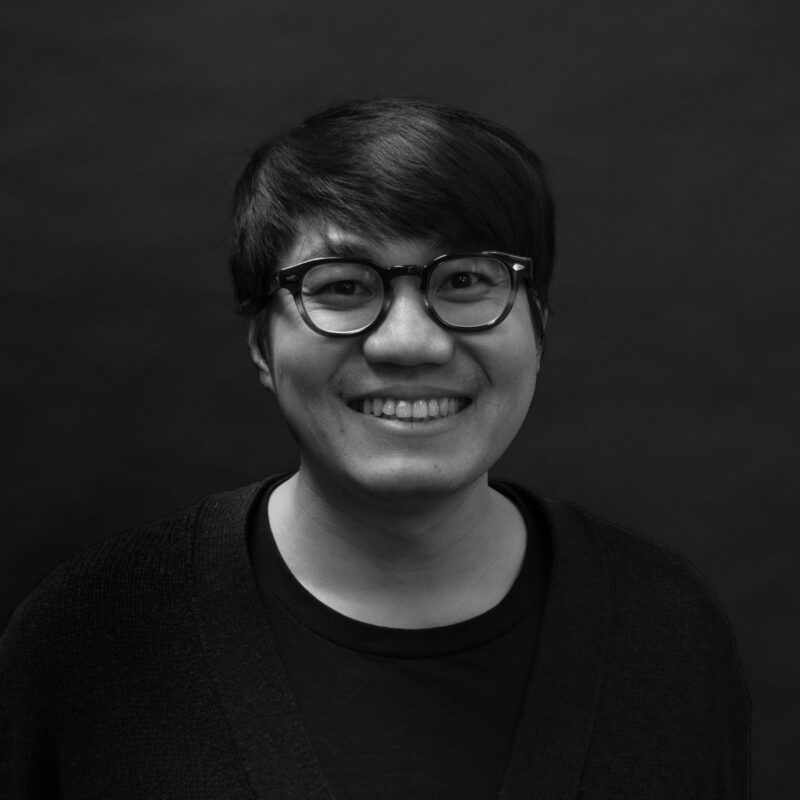
(+45) 6168 4010
yang@archivalstudies.net
Founding partner
M.Arch., Cranbrook Academy of Art, 2015
Emil Roman Frøge (DK)
Partner, Creative Director, Architect
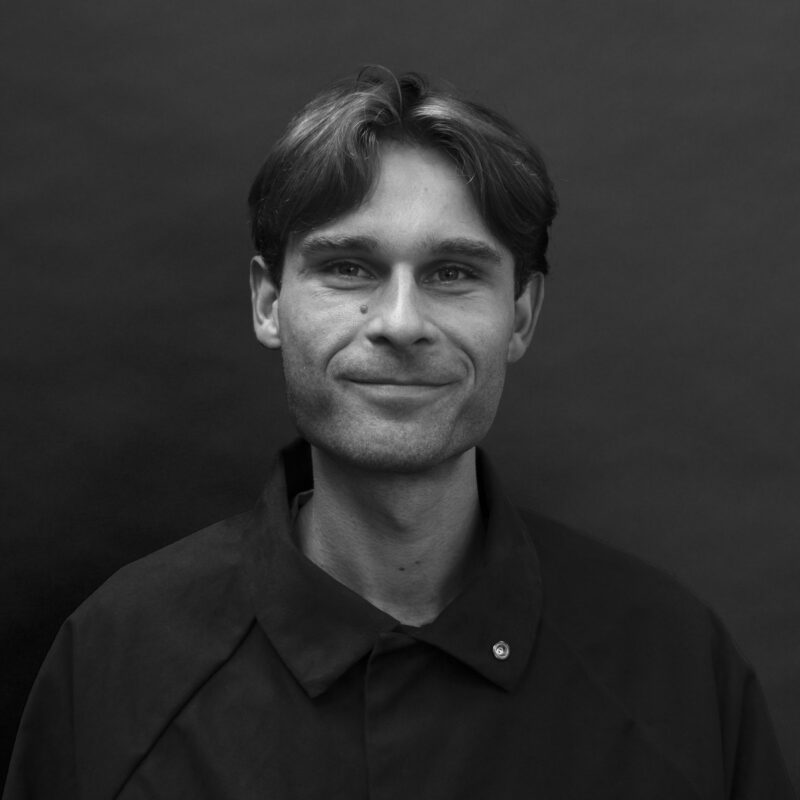
(+45) 5230 4010
froege@archivalstudies.net
Founding partner
M.Arch., Cranbrook Academy of Art, 2015
Paulina Heinz (DE)
Assistant Creative Director, Designer
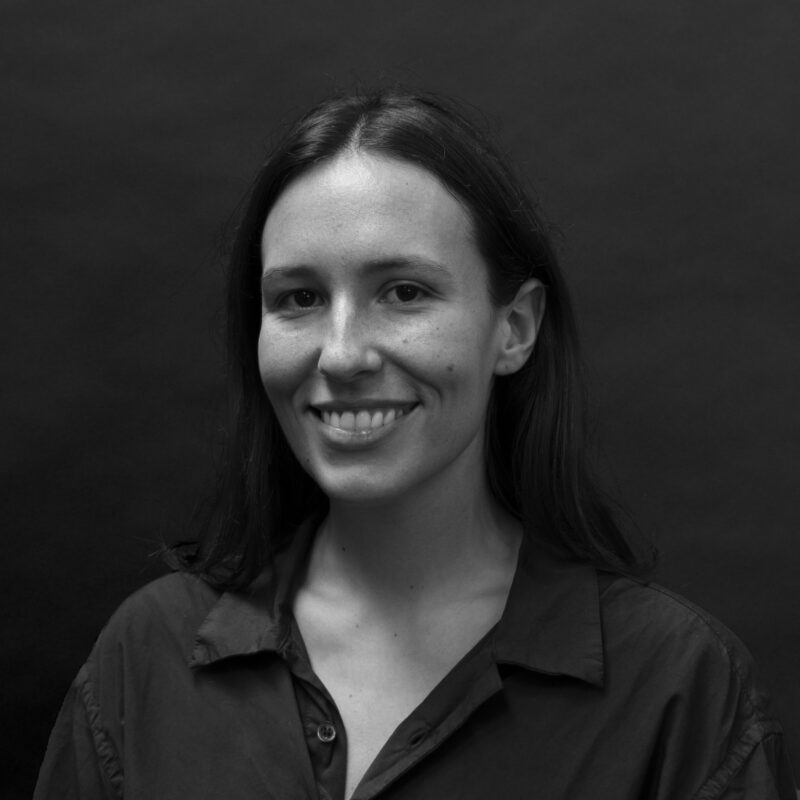
(+45) 6110 7104
heinz@archivalstudies.net
Part time
B.Des., Universität der Künste Berlin, 2021
M.Arch., KADK Spatial, 2024
AS since 2021
Ananda Ferreira Gomes (DE)
Communication Manager, Student Worker
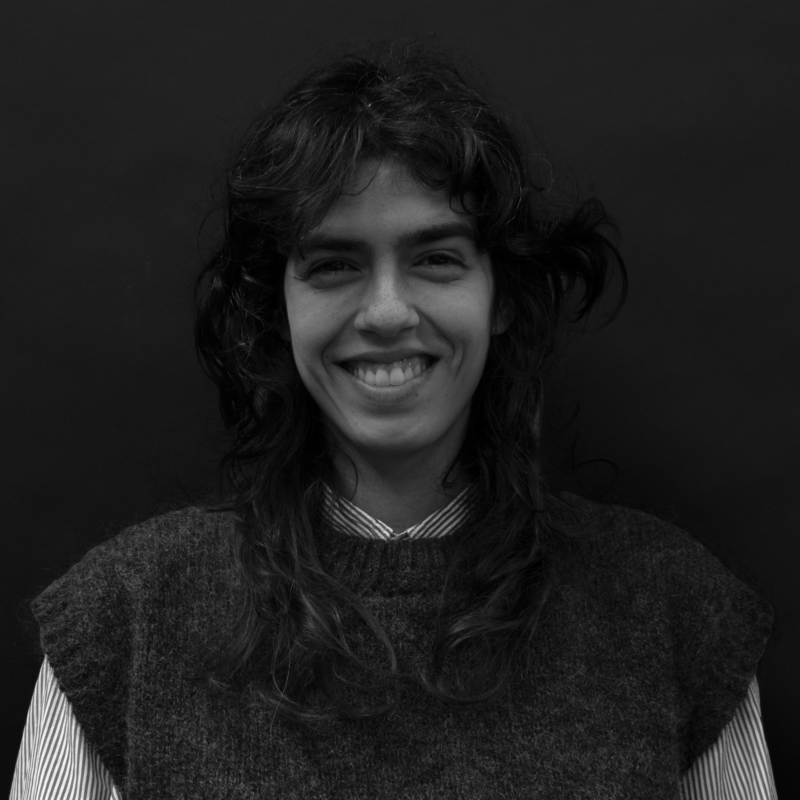
gomes@archivalstudies.net
Part time
MSc, IT University Copenhagen, since 2023
B.Des., Hochschule Pforzheim, 2019
Petra Hertl (SLO)
Project Manager, Architect
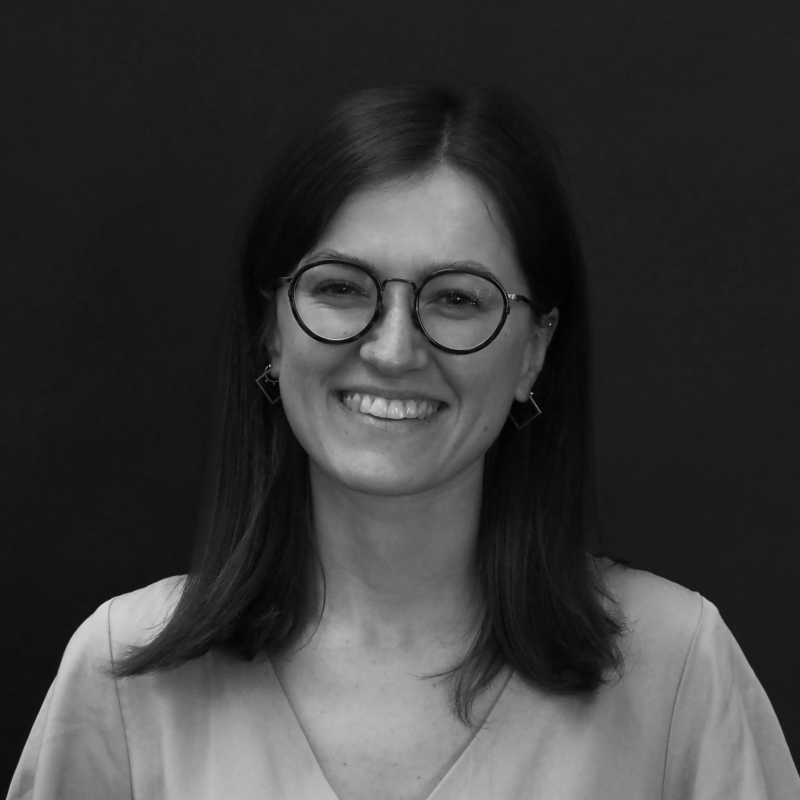
(+45) 2210 1182
hertl@archivalstudies.net
M.Arch., University of Ljubljana, 2021
Niels Ulrik Østrup (DK)
Project Manager, Architect
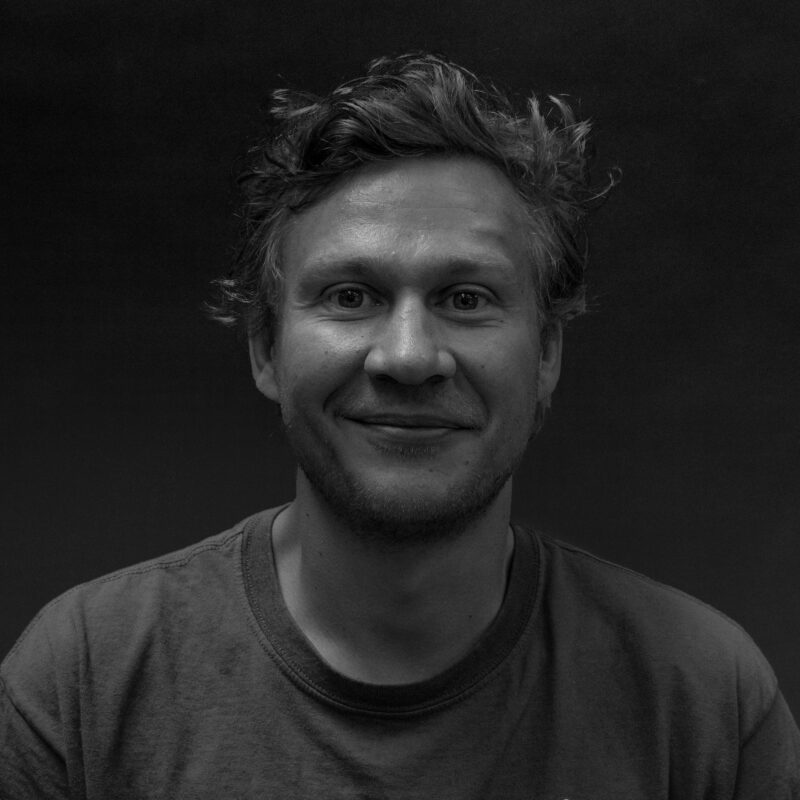
(+45) 6019 8614
ostrup@archivalstudies.net
M.Arch., Royal Danish Academy, KTR, 2021
Mikkel Wickmann (DK)
Constructor, Designer
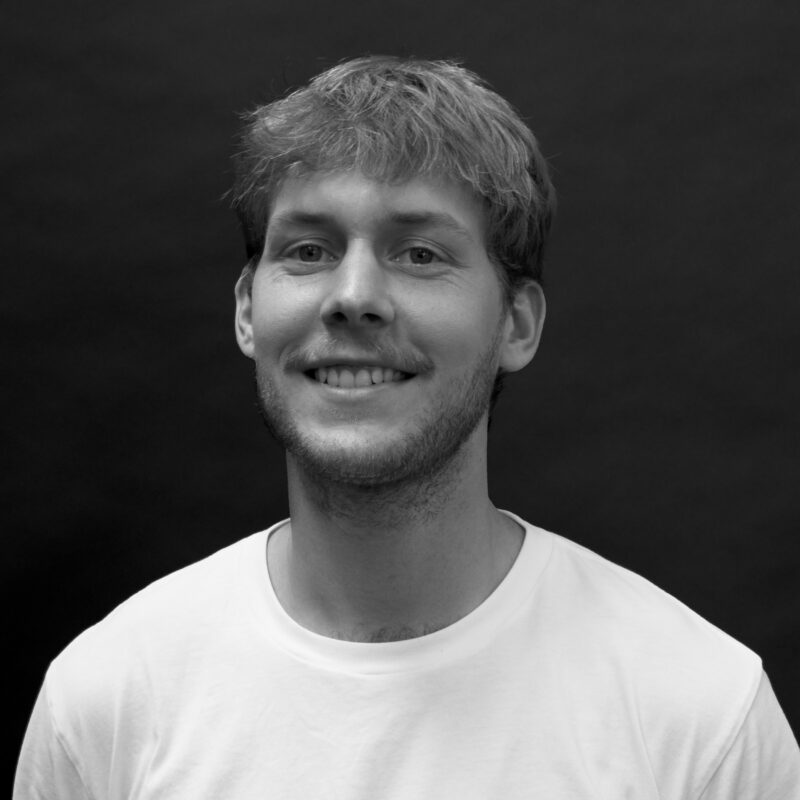
(+45) 2825 9510
wickmann@archivalstudies.net
B.Des., Royal Danish Academy, 2022
Carpenter, Svendborg Technical School, 2015
Benedikte Munk Randløv (DK)
Project Manager, Designer
B.Des., Royal Danish Academy, 2024
Lina Drewalowski (DE)
Architectural Intern
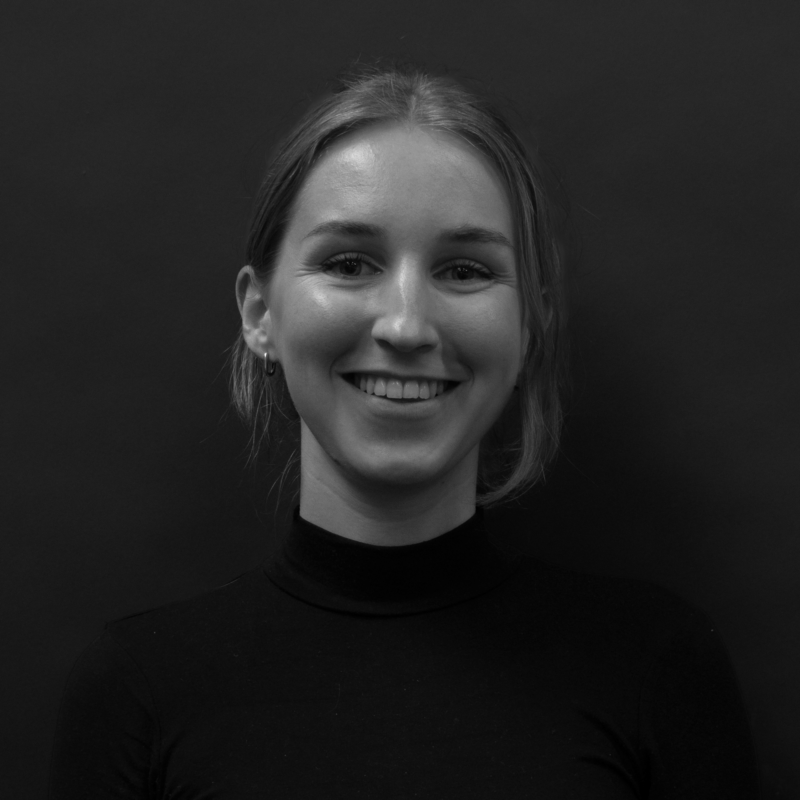
(+49) 151 40181 561
drewa@archivalstudies.net
–
B.Arch., Berlin International University of Applied Sciences, 2022
Leia Holz (DE)
Architectural Intern
B.A. Interior Design/Scenography
Muthesius University of Fine Arts and Design, Kiel, 2024
Niklas Jakobsen (DK)
Production Manager, Carpenter, Architect
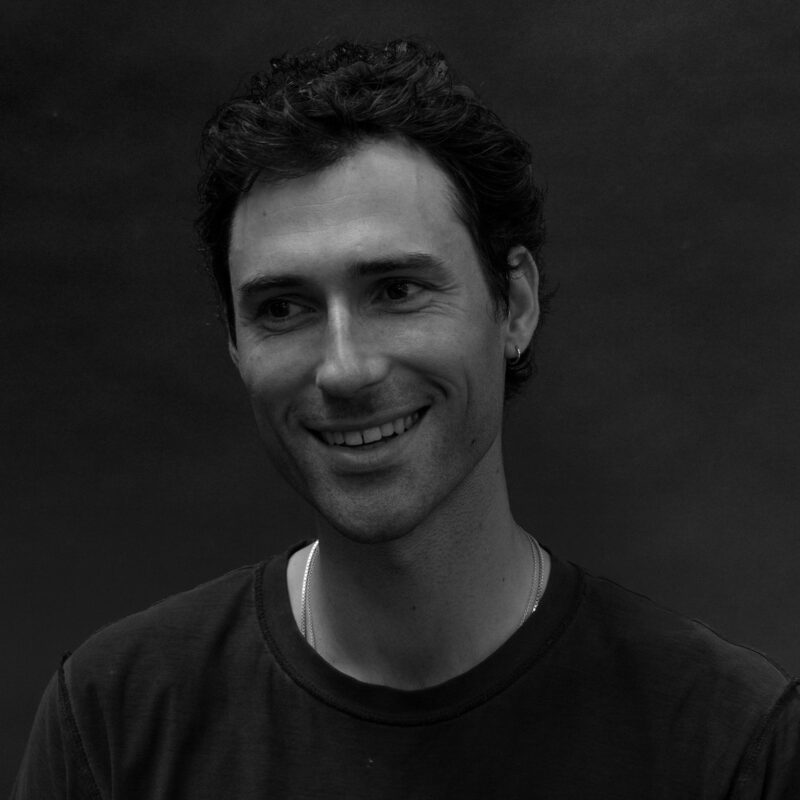
(+45) 4234 4742
jakobsen@archivalstudies.net
Carpenter, Next Copenhagen, 2024
Cand. Arch., Kunst og Arkitektur, 2017
Tobias Staalmann (DK)
Joiner Apprentice
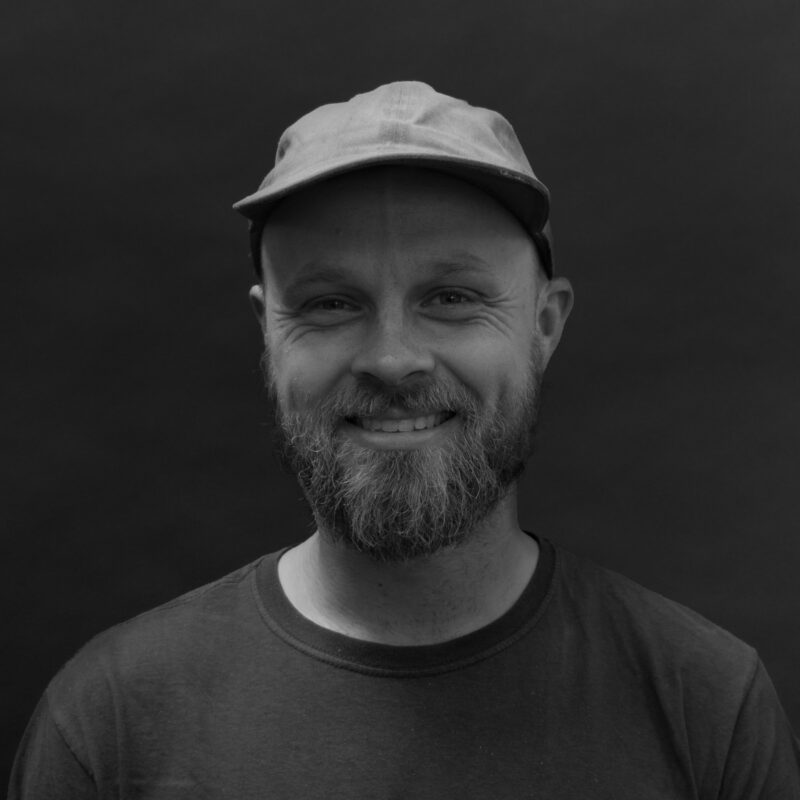
(+45) 2284 8913
staalmann@archivalstudies.net
Apprentice, Copenhagen Technical School, X
B.Communication, Roskilde University, 2018
Helle Thaarup (DK)
Cabinet Maker Apprentice
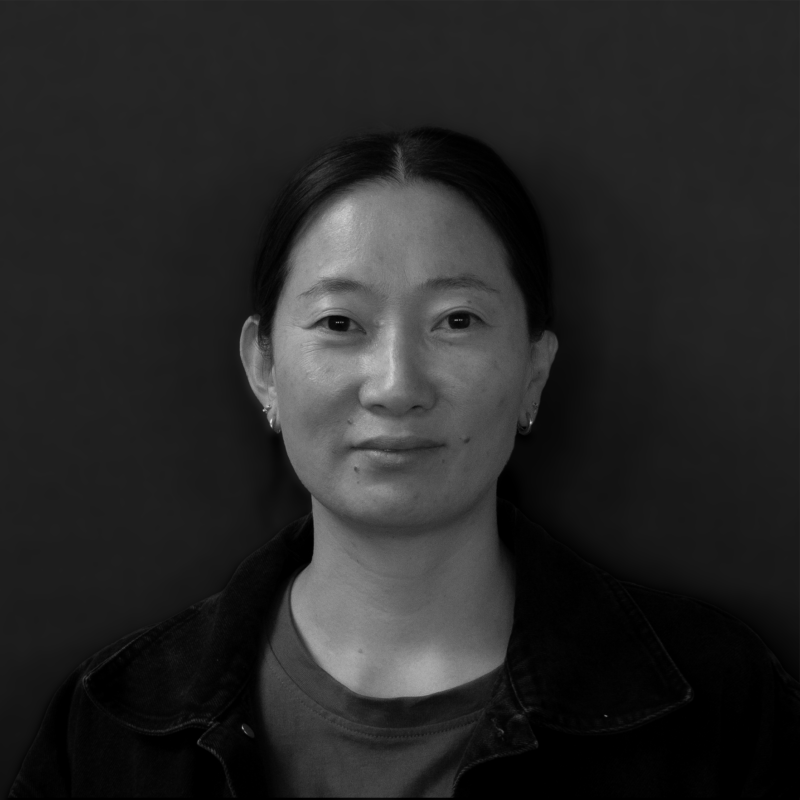
–
–
Apprentice, Copenhagen Technical School, X
Contact
Project Inquiries
mail@archivalstudies.net
Please contact us at: mail@archivalstudies.net
Product Inquiries
product@archivalstudies.net
Please contact us at: product@archivalstudies.net
Job Inquiries
job@archivalstudies.net
Please contact us at: job@archivalstudies.net
Financial Inquiries
invoice@archivalstudies.net
Please contact us directly at: invoice@archivalstudies.net
Open Positions
Project Manager (Architect/Designer)
Starting January 2025
Archival Studies is looking for a new full-time member to join our team as a Project Manager. We are seeking an open, communicative, and organized individual with a minimum of 3 years of work experience in the field of architecture and design. For further details, please, read the full job description.
We offer a dynamic work environment within our international and interdisciplinary team of architects, designers, and joiners. If you are a motivated individual with the described background, we would love to hear from you! To apply, please send your resume, portfolio and cover letter to job@archivalstudies.net.
Architectural Intern
Starting February 2025
Archival Studies is looking for a new full-time member to join our team as an Architectural Intern. We are seeking an open and communicative person who is captivated by the world of transformation architecture and design. Are you ready to contribute your creative ideas to a cutting-edge design practice?
We offer a dynamic work environment within our international and interdisciplinary team of architects, designers, and joiners. If you are a motivated individual with the described background, we would love to hear from you! To apply, please send your resume, portfolio and cover letter to job@archivalstudies.net.
Furniture Design Intern
Starting February 2025
Archival Studies is looking for a new Furniture Design Intern for the Spring with a focus on product development and prototyping. We are seeking an open and communicative person who is captivated by the world of furniture design, woodworking and future-oriented solutions. Are you ready to contribute your creative ideas to a cutting-edge design practice?
We offer a dynamic work environment within our international and interdisciplinary team of architects, designers, and joiners. If you are a motivated individual with the described background, we would love to hear from you! To apply, please send your resume, portfolio and cover letter to job@archivalstudies.net.
collaborators
Dinesen Lab, Realdania, Christine Bjerke, Pihlmann Architects, Victor Boye Julebæk, Dreyers Fond, Artikel København, Gehl People, Studio Atlant, Chrissie Muhr, Marianne Krogh, Almenr, Rasmus Baes, Sarah Mullertz, Forthcoming Studio, Reværk Arkitektur, Cobe, Peter Frøge, Studio Kim Lenschow, Mentze Ottenstein, MSSR Works, Arda Audio, The Danish Association of Architects
clients
Realdania, SMK, Bikubenfonden, Rockfon, FRAMA, Glyptoteket, Norse Projects, D Line, Ricardo Bofill, Refshaleøens Ejendomsselskab, Copenhagen Contemporary, Playdead, Humble and Curious, NREP, Trifolium, Kinraden, Åben Brewery, Gammel Strand
Exhibitions and Publications
Publication, book, Reset Materials, exhibition design, 2023
Exhibition, Parts of a Whole, with Artikel København, 3 Days of Design, 2023
Exhibition, Mindcraft Project, Online exhibition, 2021
Publication, magazine, Kōnā Restaurant, Monocle, 2021
Publication, magazine, Archival Studies, Euroman, 2020
Exhibition, Studio X , 3 Days of Design, 2020
Publication, book, 11 rum: Nyindretning at Marienborg, 2019
Exhibition, Give Tradition a New Meaning, Living Is Giving, Beijing Design Week 2018
grants and residencies
Business grant, The Young Artistic Elite Grant, Statens Kunstfond Danish Arts Foundation, 2019
Travel grant Japan, Danish Arts Foundation, 2019
Travel grant Japan, Dreyers Fond, 2018
Residency, Danish Art Workshops, Copenhagen, 2018
Project grant, Danmarks Nationalbanks Jubilæumsfond, Denmark, 2017
Lectures
Latvian Design Award, ‘Transforming the Already Excisting’, Riga, 2023
The Royal Danish Academy of Art, School of Architecture, ‘Understanding the Already Excisting’, Copenhagen, 2022
The Royal Danish Academy of Art, School of Architecture, ‘Lecture 01’ Copenhagen, 2018
Downloads
